Best Loved Books In The Former Soviet Union
- The True History of a Little Ragamuffin by James Greenwood (written by an English author, for adults, but little known in the UK)
- Books by Boris Zakhoder (who translated Alice In Wonderland into Russian very adeptly)
- An early Soviet classic, Schwambrania by Lev Kassil is about two provincial Russian brothers growing up prior to and after the revolution of 1917. Bored by dull reality, they invent a land of their own which has everything their real life lacks. Unlike a magical world such as Narnia or Never-Neverland, the imaginary world is always portrayed as simply make-believe. This make believe land is girl-free. When they let a girl in, it turns to crap. Lev (author/storyteller) remains misogynist. At the end of the book, the reader is supposed to believe that the USSR has become so great that the boys no longer need their imaginary world.
- For small children (pre-school and primary) three authors ruled the USSR: Agniya Barto, Samuil Marshak and Korney Chukovsky.
- For older children there was more variety, for example The Two Captains (1938 and 1944) by Kaverin was popular. Some people adored Krapivin and Anatoly Alexin. Teenagers read the Strugatsky brothers’ science fiction.
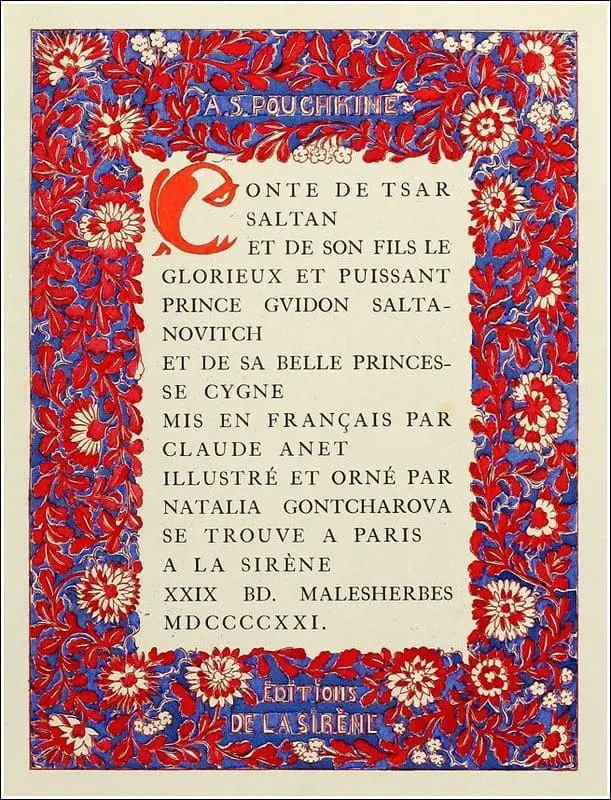
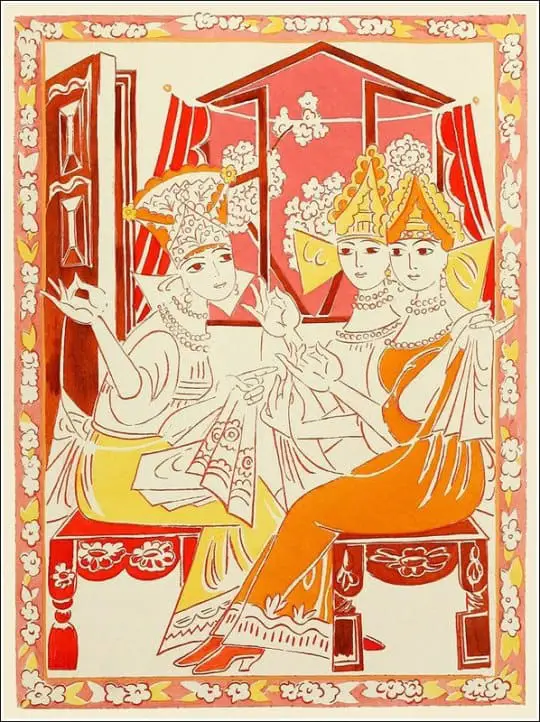
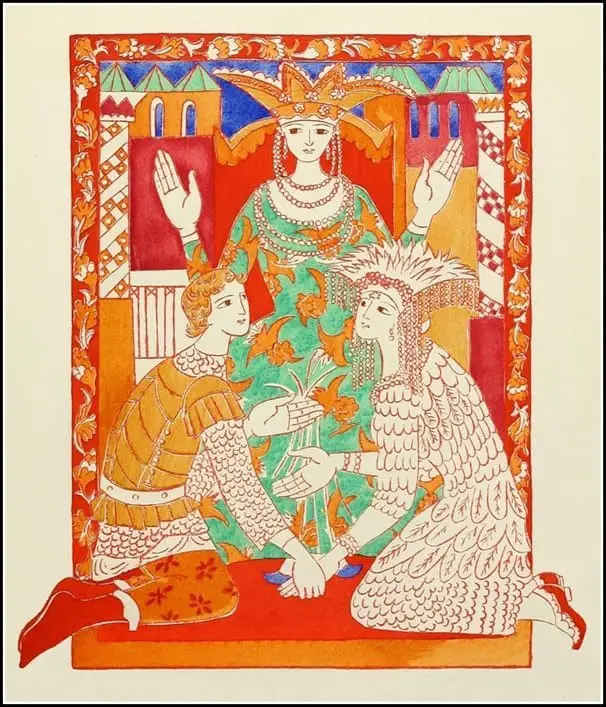
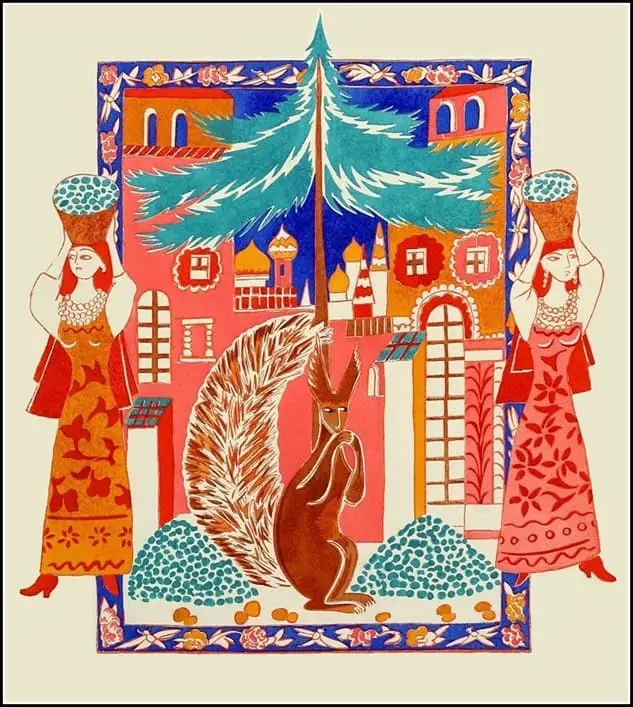
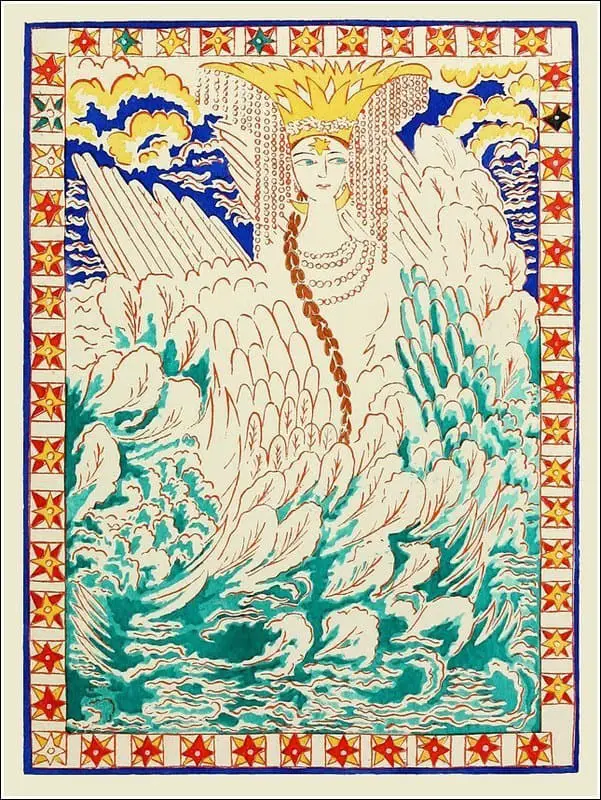
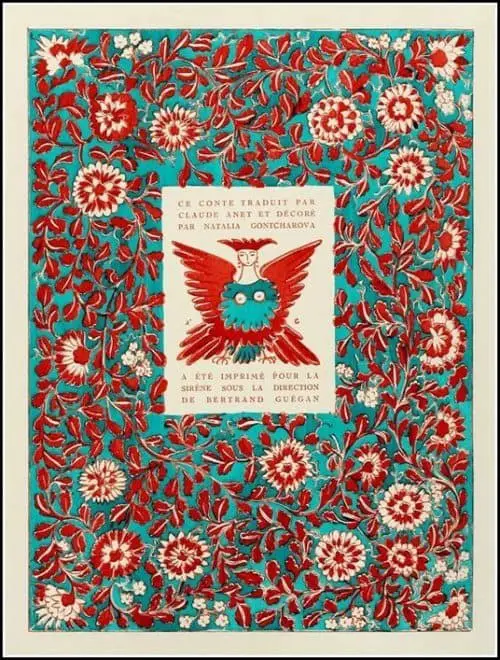
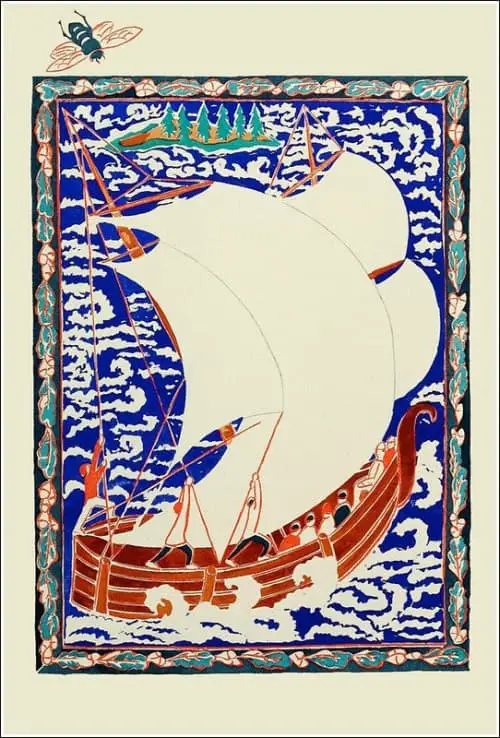
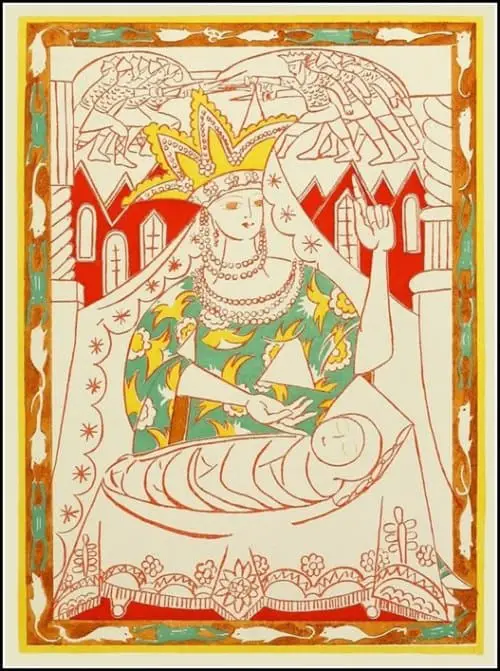
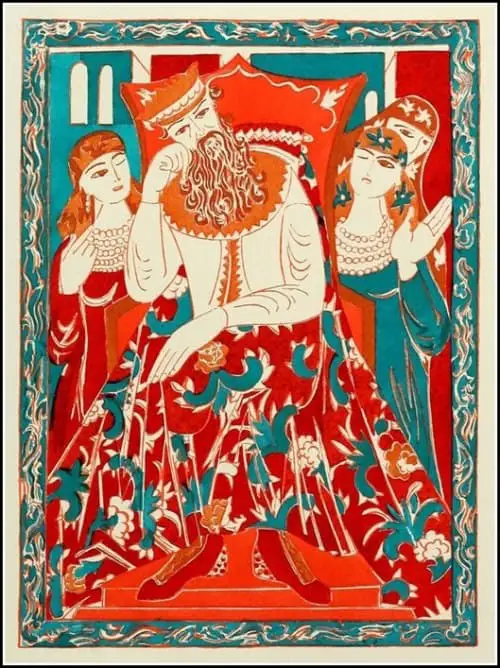
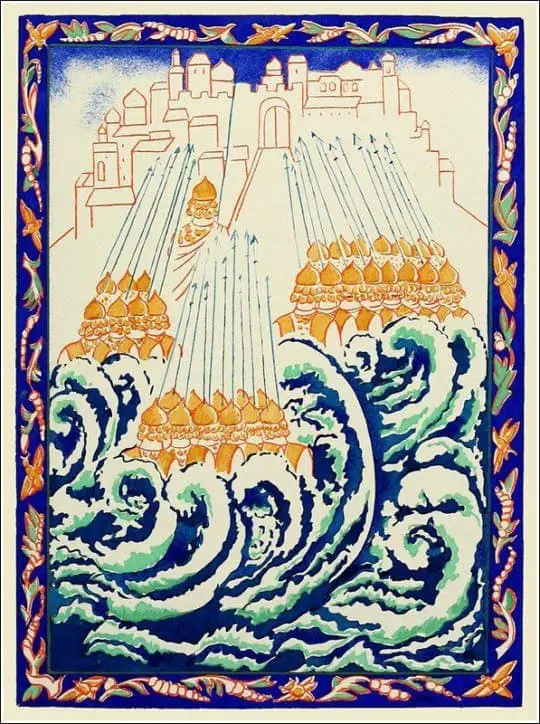
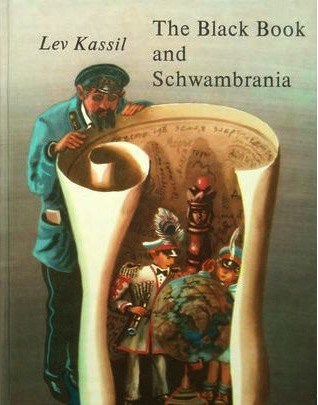
General Notes
The early Soviet period was a miraculously rich time for children’s books and their illustrations.
Philip Pullman
- In the Russian folk tale, the character was not the source of action but the product of plot. (Contrast with folktales in the Leavisite tradition, which emphasises the importance of psychological insight in characterisation a la Britain. The characters themselves are the source of the story.)
- Pretty much all classic Russian children’s literature falls into two categories: domestic stories and gang fiction.
- In 1920s Russia, children read about sugar beets, hydroelectric plants, and five-year plans.
- The tremendous artistic firepower that could be harnessed in the Soviet Union of the 1920s made the difficult, unglamorous work of agriculture or electrification seem heroic and patriotic.
- This era marked a shift away from fairytales.
- The 1930 book Kak svekla sakharom stala (How the Beet Became Sugar) illustrates and describes the sugar production process: “Work is happening night and day. Night and day, sugar is being made from beets.”
- The 1930 title Shimpanze i martyshka (Chimpanzee and Marmoset) provides instructions on how the reader can make a toy monkey.
- The readership of these books wasn’t limited to the Soviet Union. Children in Kolkata were reading them too.
- There are also books about glorious achievements, such as pilot Georgiĭ Baĭdukov’s nonstop flight over the North Pole in the mid-1930s. But by this time, there had been a political shift that changed the way that children’s books looked. Throughout the 1920s, the aesthetics of the books were diverse, and included the influence of the Russian avant-garde, and the work of well-known writers and artists. In 1934, the All-Union Soviet Congress of Writers declared that socialist realism was the only acceptable artistic style. Over the years, some writers and artists escaped into exile. Others did not.
- Vitya Maleev at School and Home (1951) is a typical title from the 1950s.
- See this post by Betsy Bird at SLJ: Russia and Children’s Literature
- Also The Artful Propaganda of Soviet Children’s Literature from Anika Burgess
- A well-known absurdist writer — Kharms — is better known in his own country for being a writer for children. His adult work is grim and very violent.
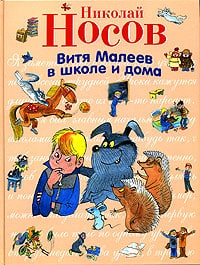
To generalise about the young Russian/Soviet Union reader
- Don’t usually have a room of their own
- Know very little about where babies come from
- Menstruation is taboo
- Punishment at school is severe
- Race for marks and awards
- Only recently acknowledged that the queer community exists
- Russian girls not allowed to wear trousers to school
- Mothers don’t tend to stay at home with the children, who often arrive home to an empty house
- Slang and swear words are absent from kid-lit by tradition
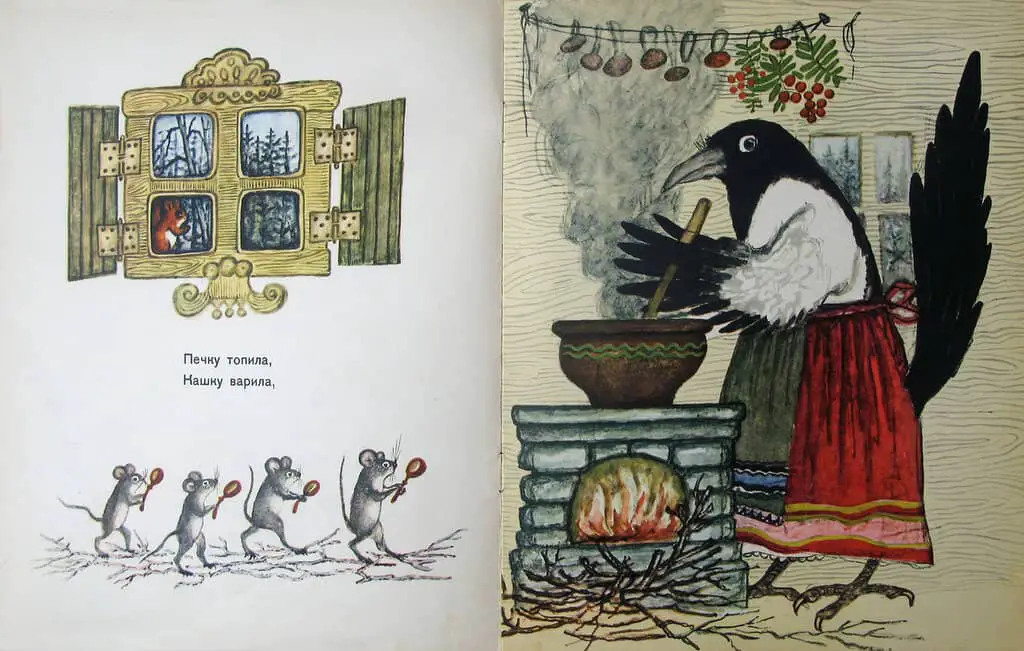
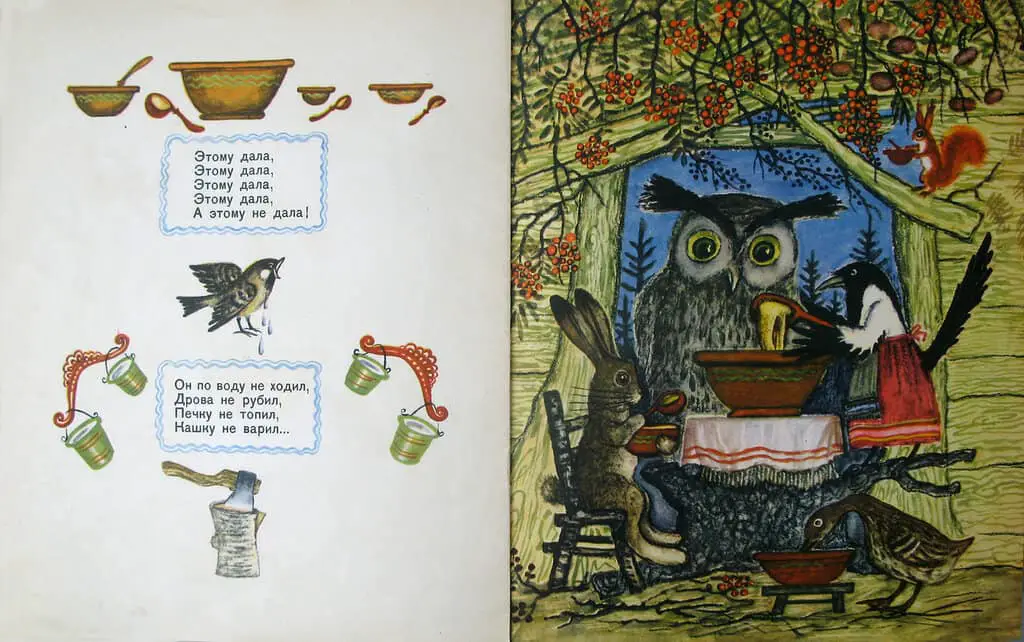
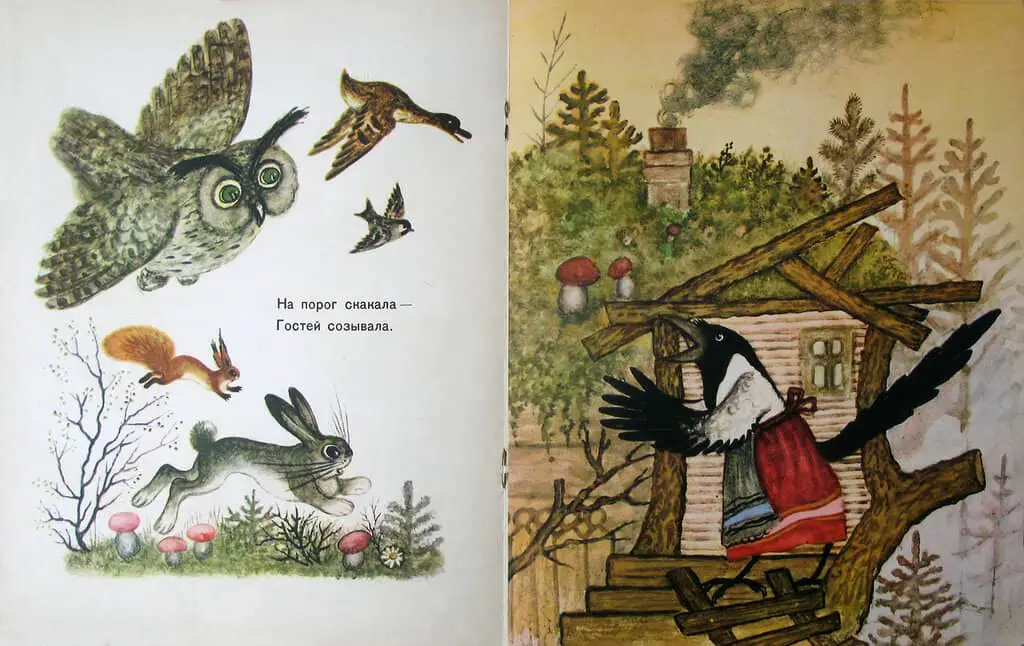
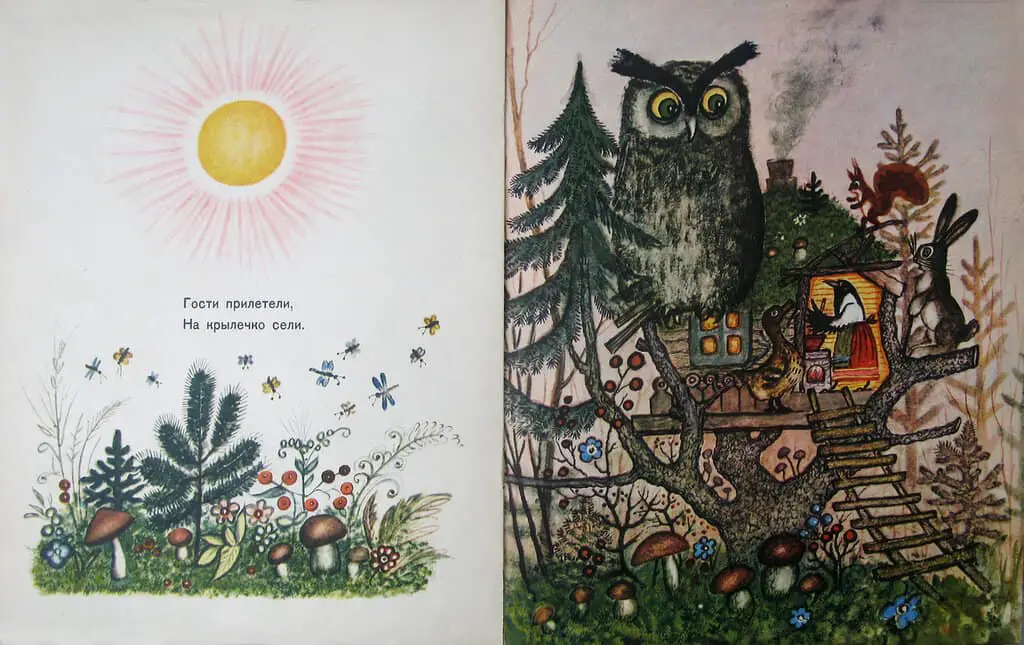
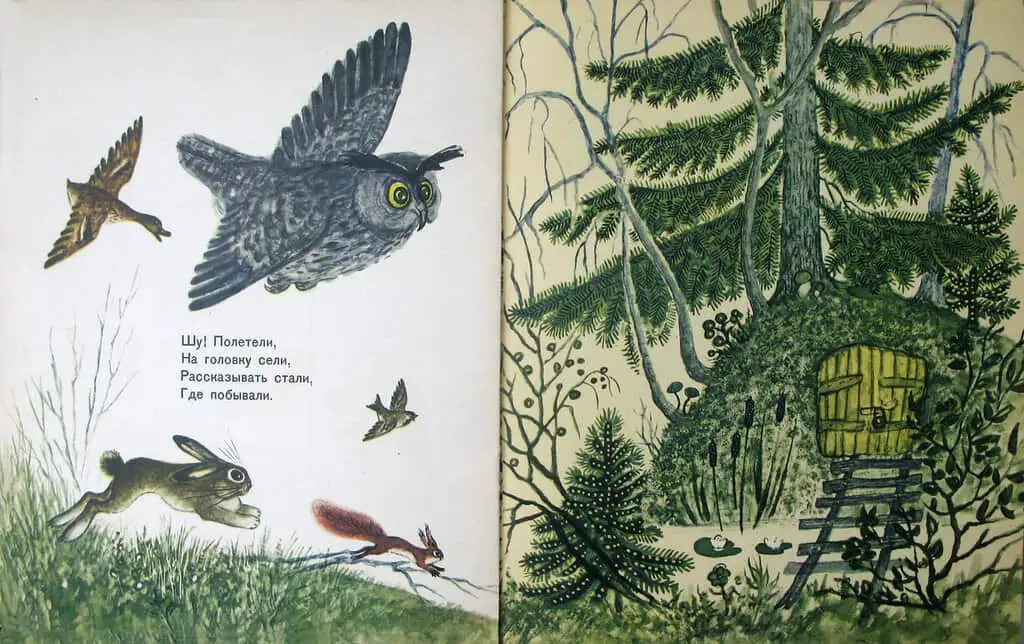
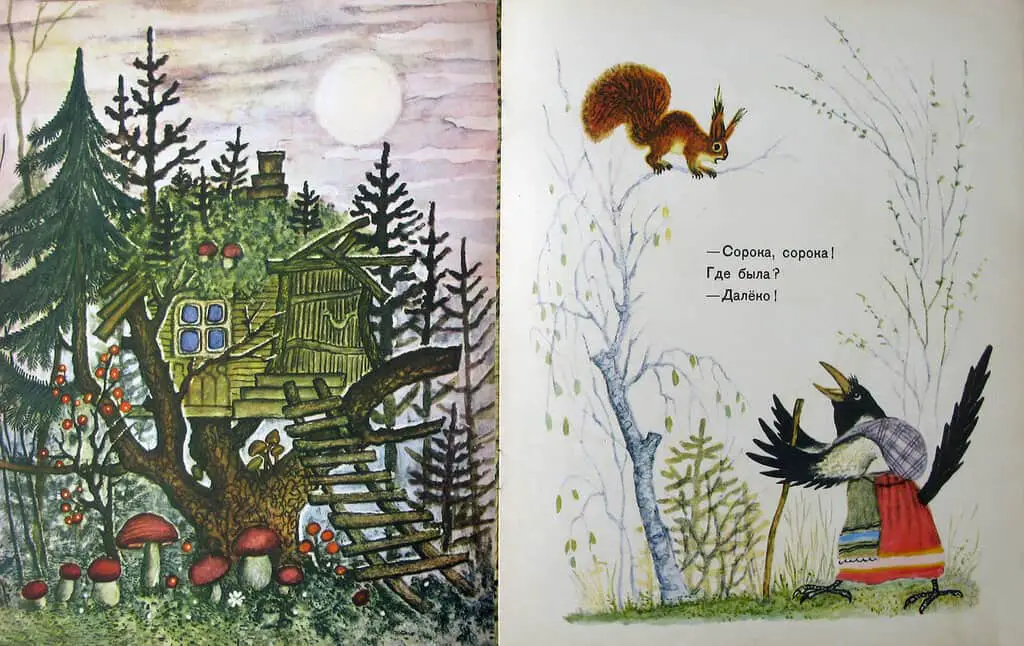
Pseudo-conflicts drive the plots
- The deliberate avoidance of any serious aspects of life make Russian literature better for very young readers than for older ones. Russian young adult literature still doesn’t tackle any of the tough issues. Books are full of ‘pseudo-conflicts‘ (events which do not present any moral dilemma for the main characters and do not change the initial situation). This is to underscore the idea that Russian children are perfect human examples in every way. Pseudo conflicts can involve friends and siblings but not adults.
- There is a marked absence of conflict between children and their parents. Adult authority can never be questioned. In stories, adults are always right and always know best.
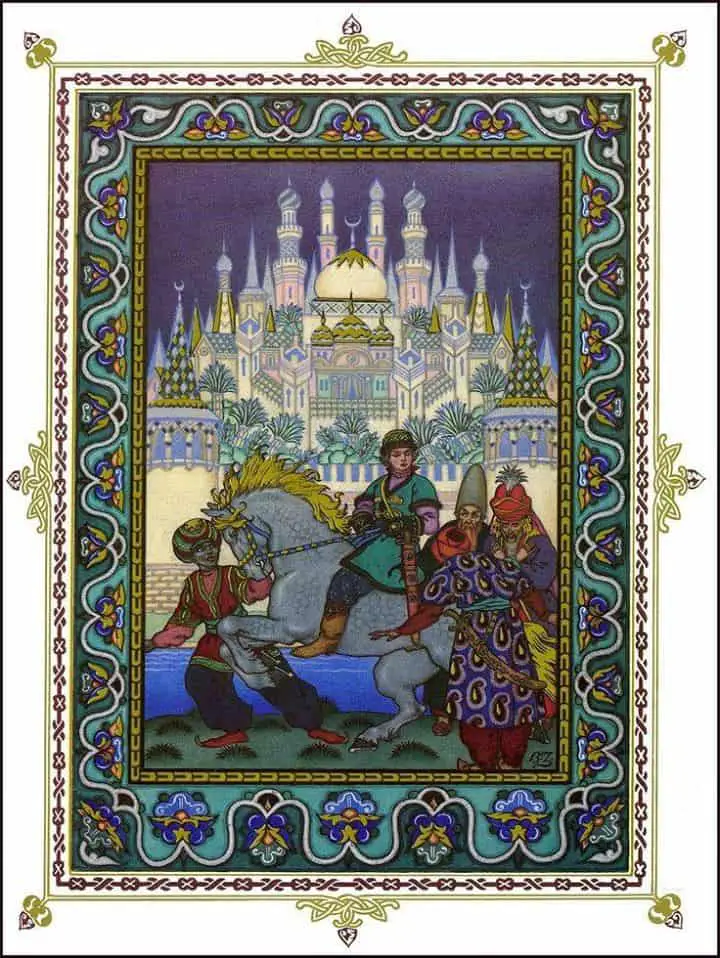
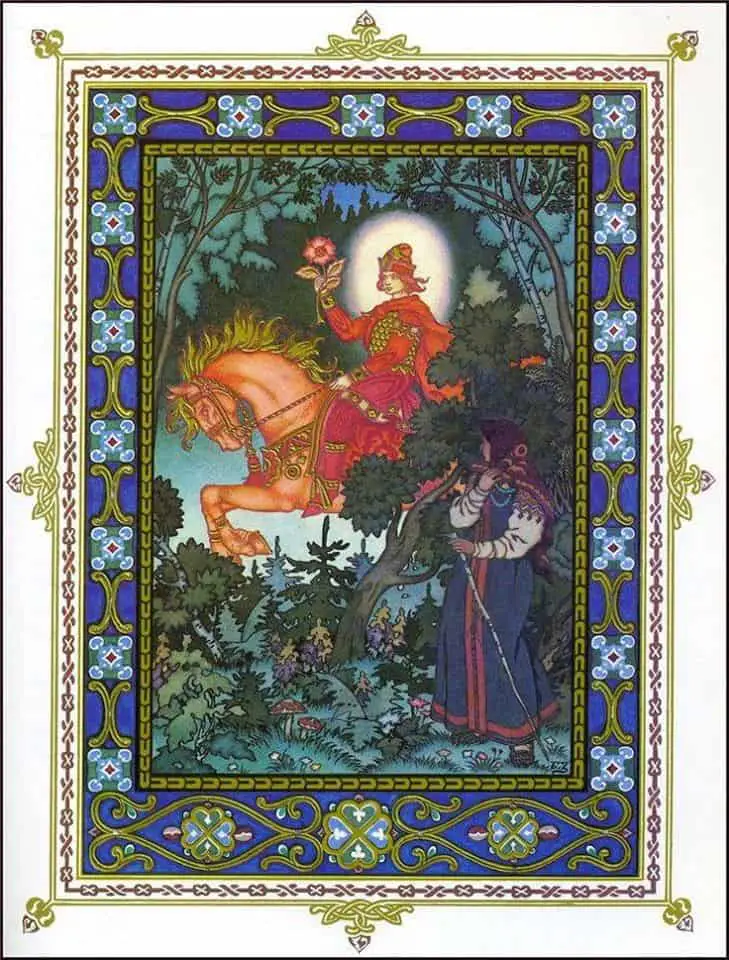
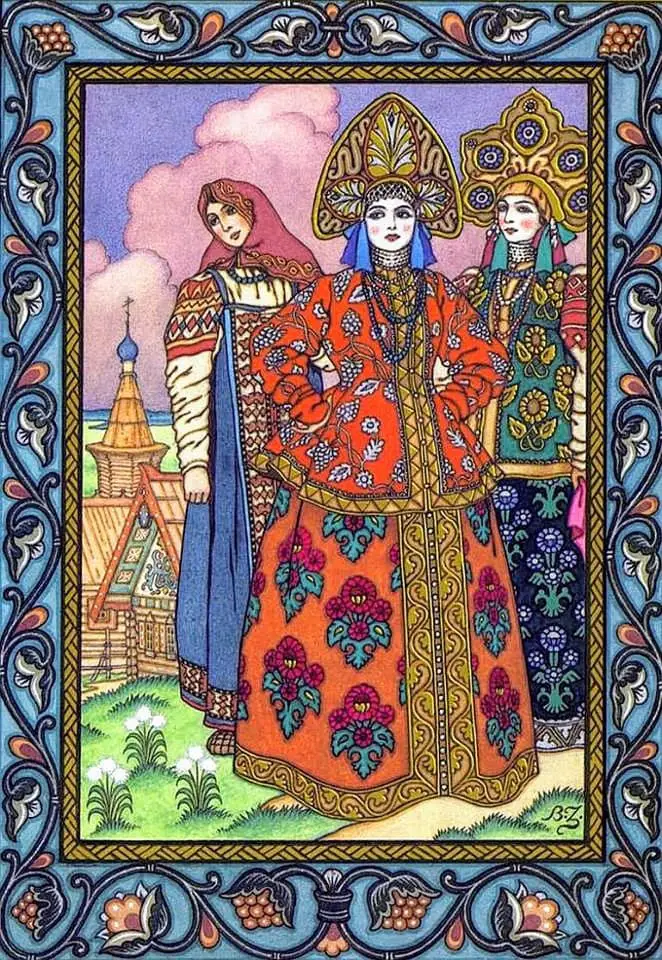
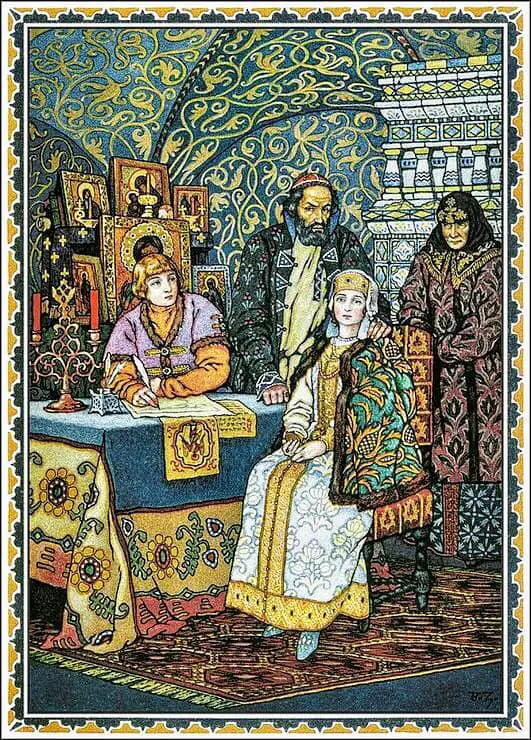
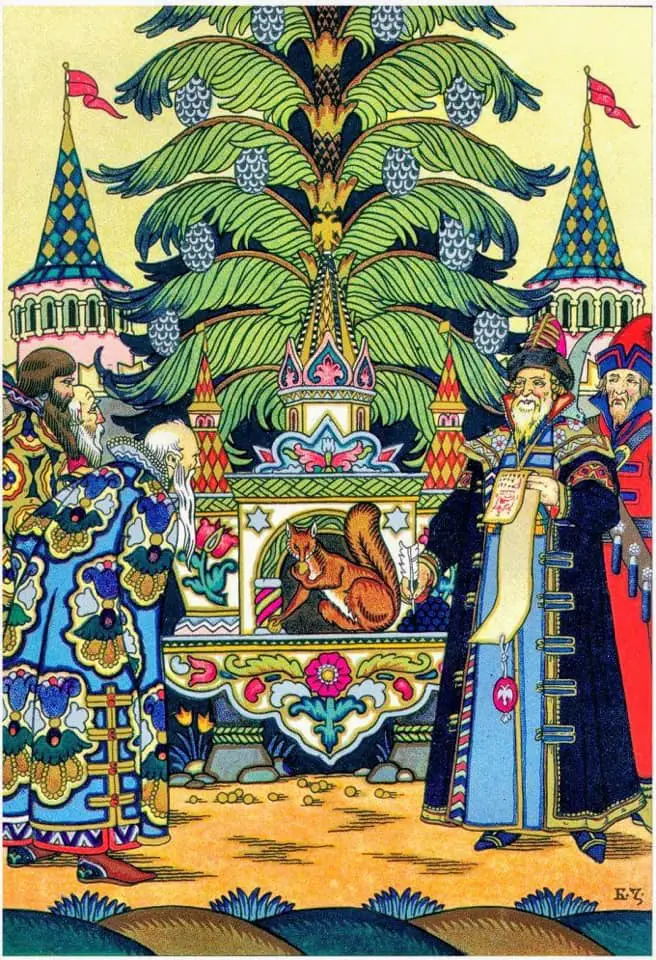
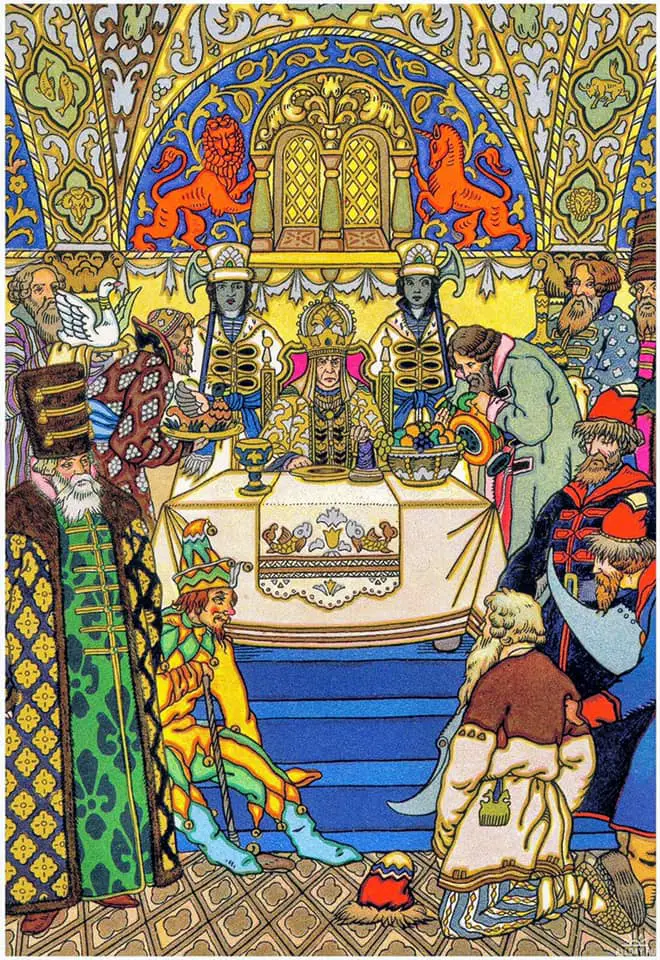
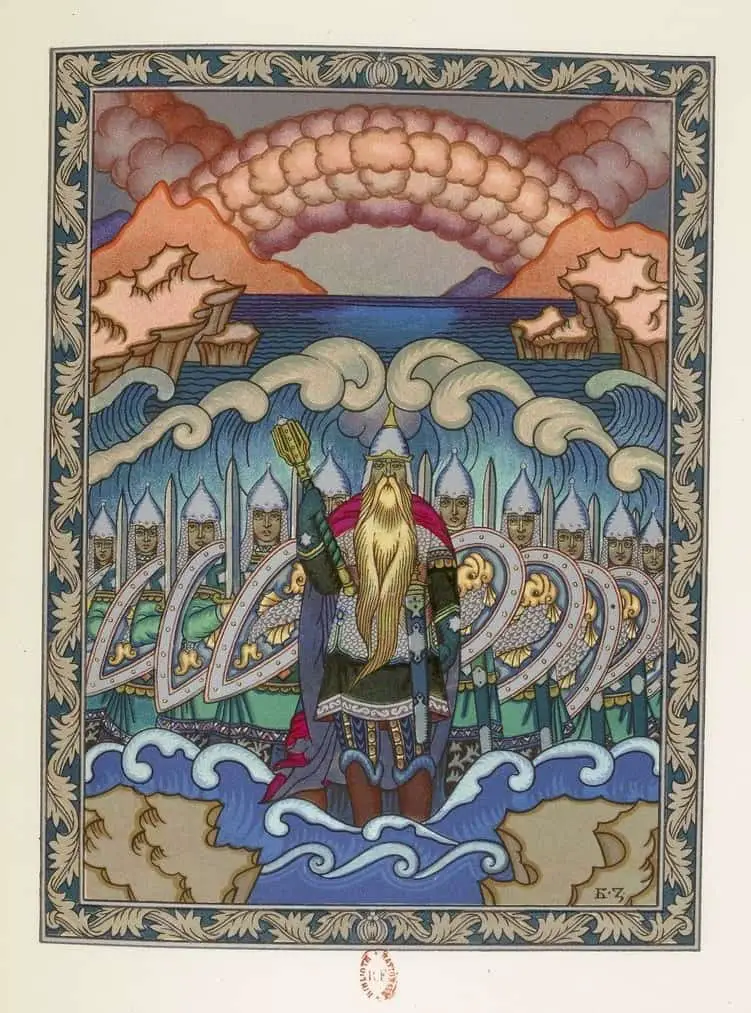
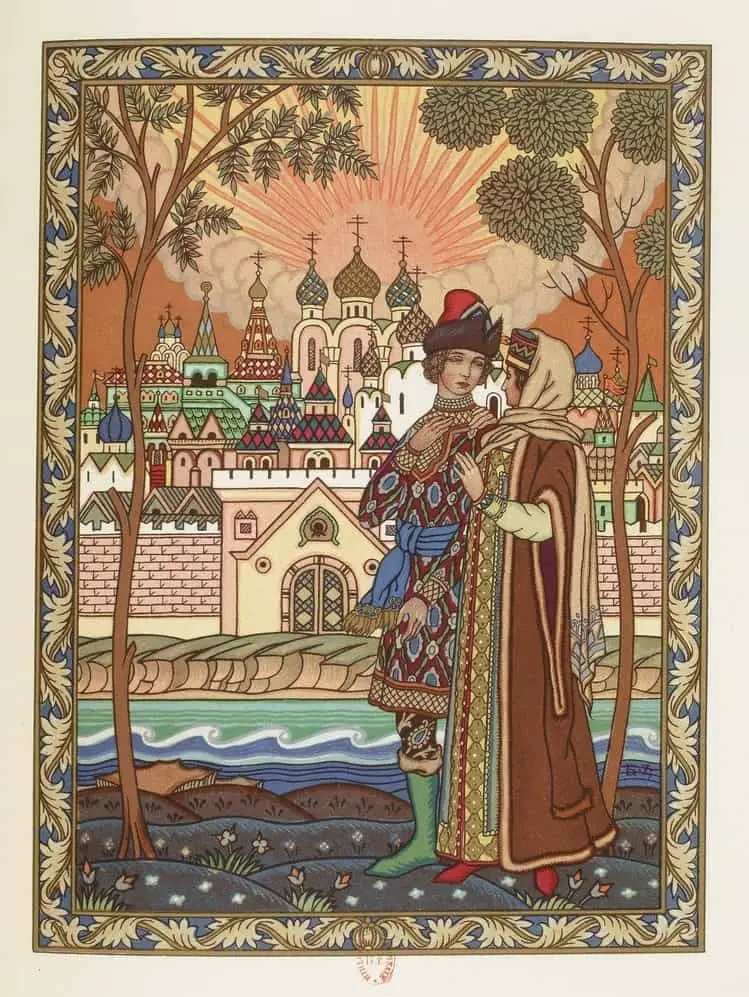
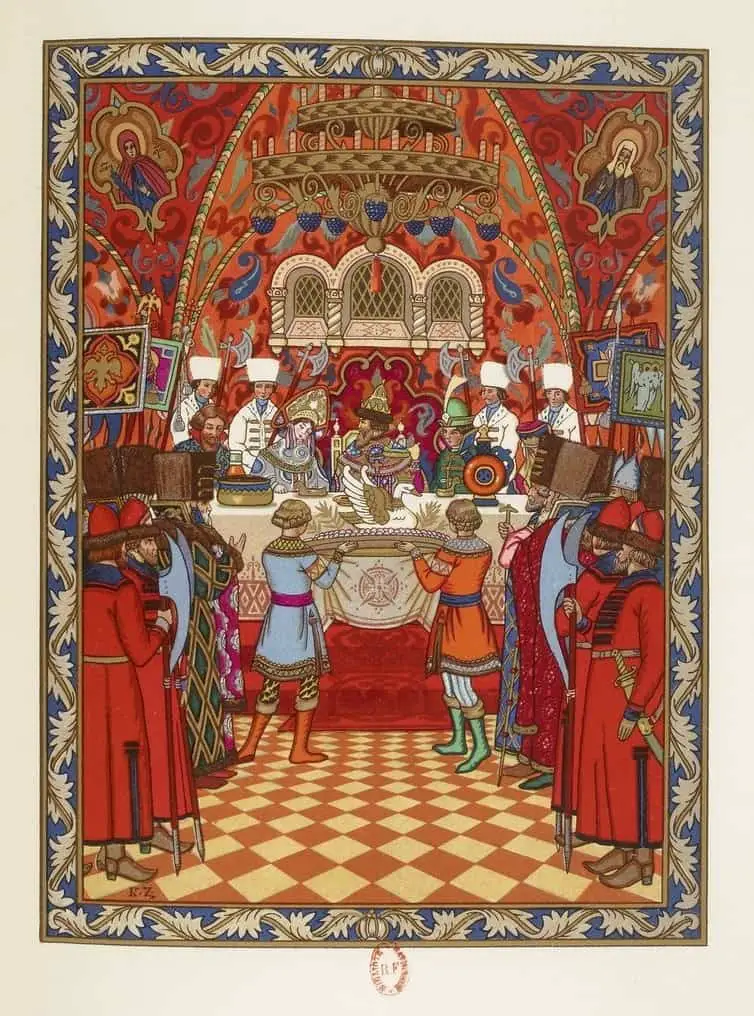
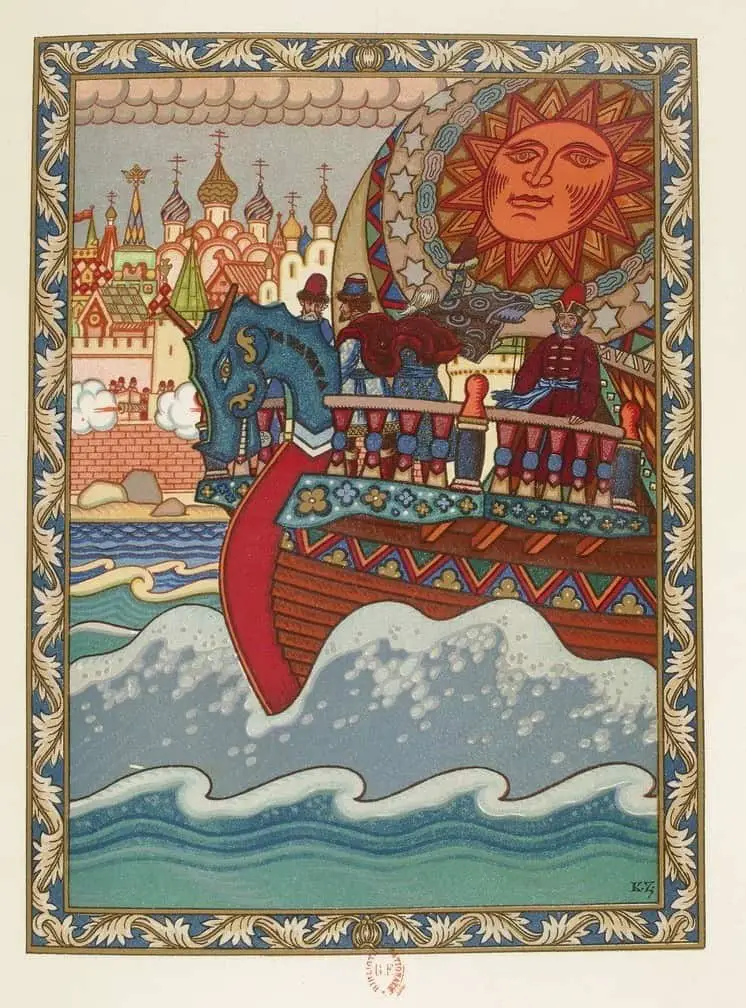
Conservative attitudes in the Soviet Union publishing industry
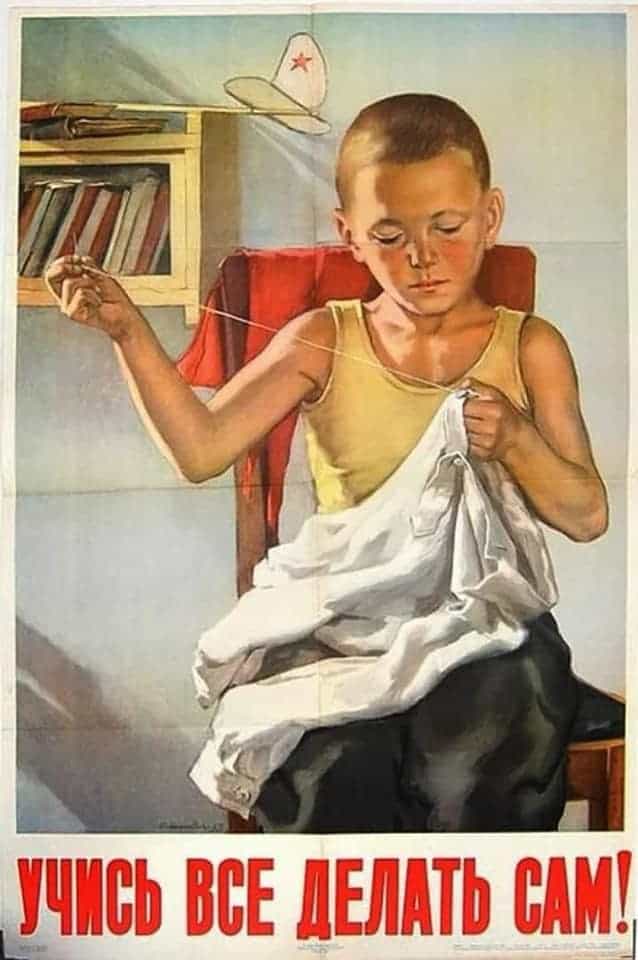
- The aim of Soviet Union children’s fiction is to create a sense of stability and permanence, where life is getting better and better every day.
- Contemporary Russian fantasy seems hopelessly outdated due to isolation, with writers not following the same evolution as in other countries
- Russian children have little in the way of material possessions, so when they encounter children in books who have cars, jellybeans, tech gear etc. they assume privilege where none was intended in the story.
- Fairy tales, fantasy and all imaginative literature were banned for a long time.
- The puritan attitude of Soviet pedagogues toward procreation does not allow the author to let the hero wonder things like where babies come from.
- The Wizard of Oz becomes The Wizard of Emerald City in Russian. It was rewritten to suit USSR propaganda. (The Wizard of Oz is a bit of an exception in America, since British books were more likely to create treasure islands, never-never lands and pastoral paradises, whereas American books tended to go in the opposite direction.)
- The Adventures of Buratino is an adaptation of The Adventures of Pinocchio. The Russian book is less sophisticated in composition and narrative structure, and the main goal of Pinocchio is to become a real boy, whereas the main goal of Buratino is to find the door opened by a golden key which he receives from a beneficial donor. Pinocchio’s quest is spiritual whereas Buratino’s is purely material. While death and resurrection are inevitable parts of a spiritual quest, death is never a threat to Buratino.
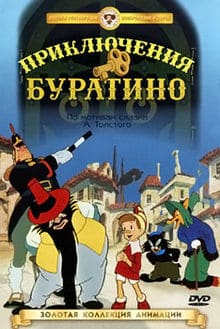
But that’s not what the young Russian reader wants at all
- Non-USSR books are very popular, like Winnie-the-Pooh, Peter and Wendy, Mary Poppins, C.S. Lewis, Tolkien but Edith Nesbit, E.B. White and Lloyd Alexander are largely unknown.
- Astrid Lindgren is very big in Russia because of a cartoon adaptation, but Russians aren’t familiar with her name. Russian children like characters who step outside social hierarchy, same as any young audiences anywhere.
- Russians appreciate the creative use of language to outwit censorship.
- Russian children love escapist stories which liberate the imagination.
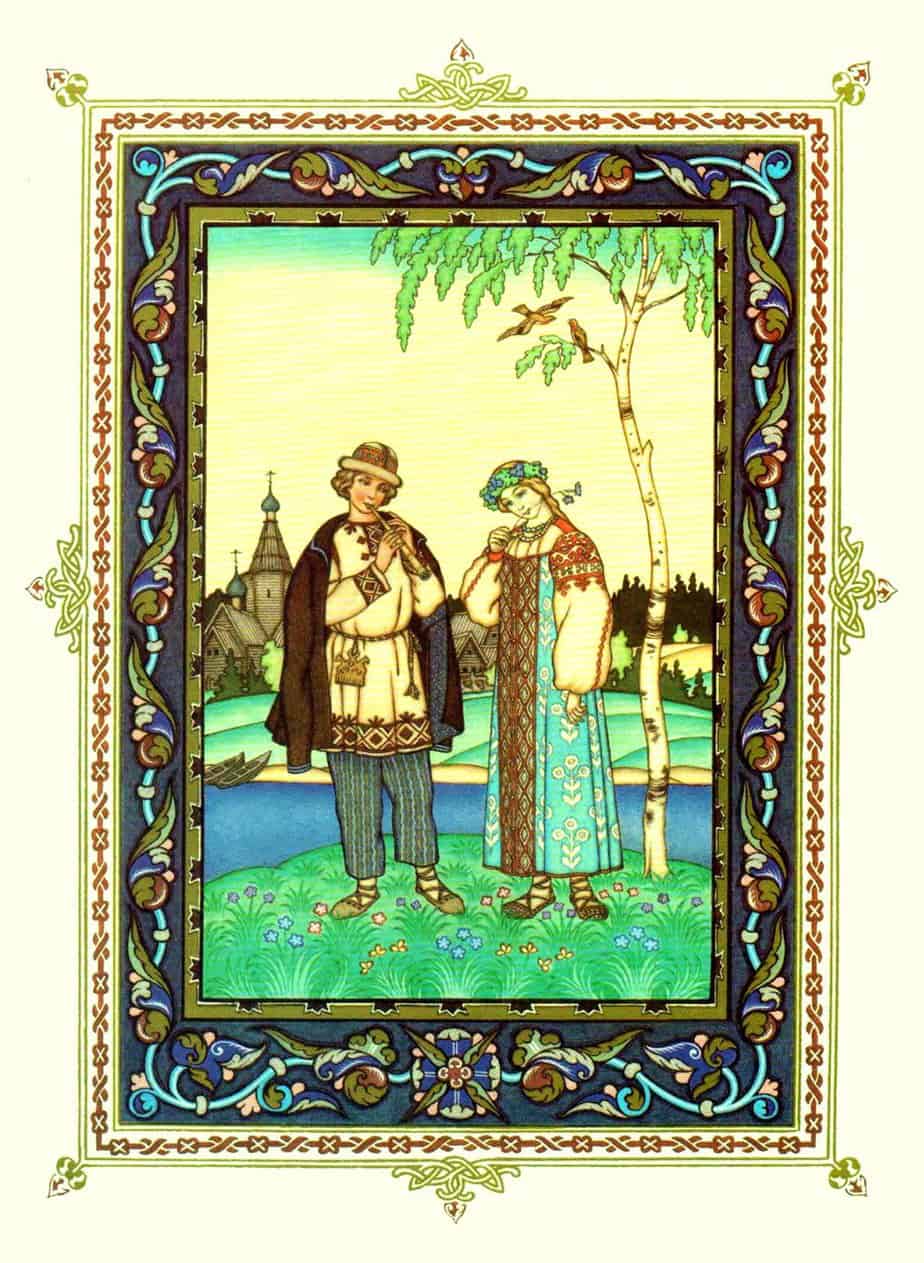
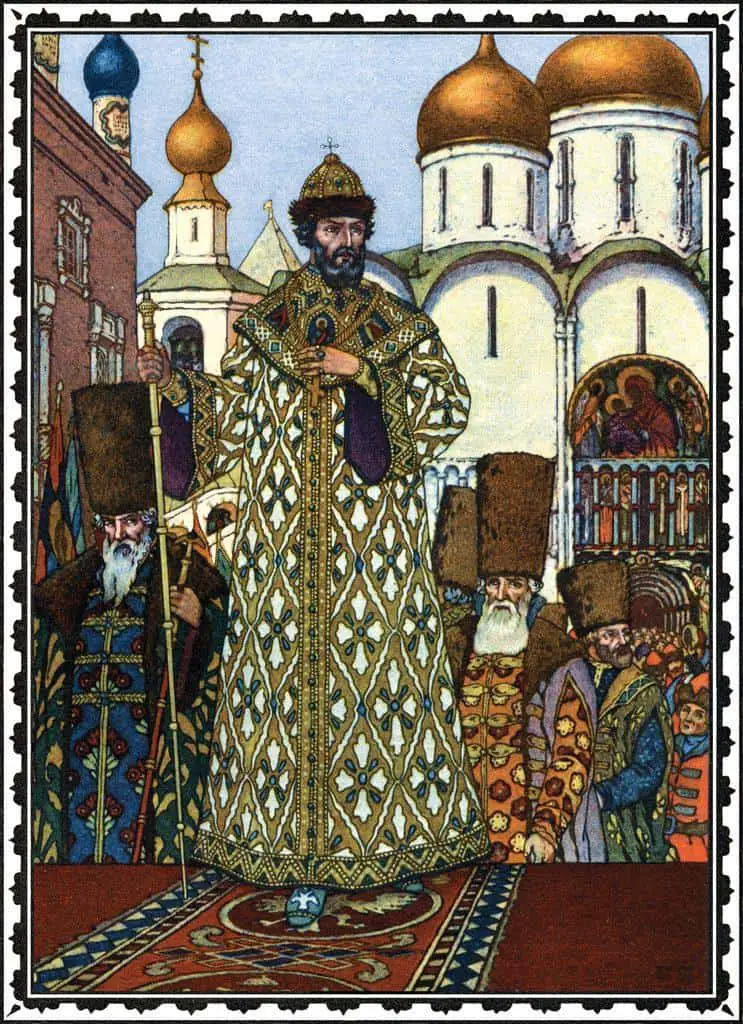
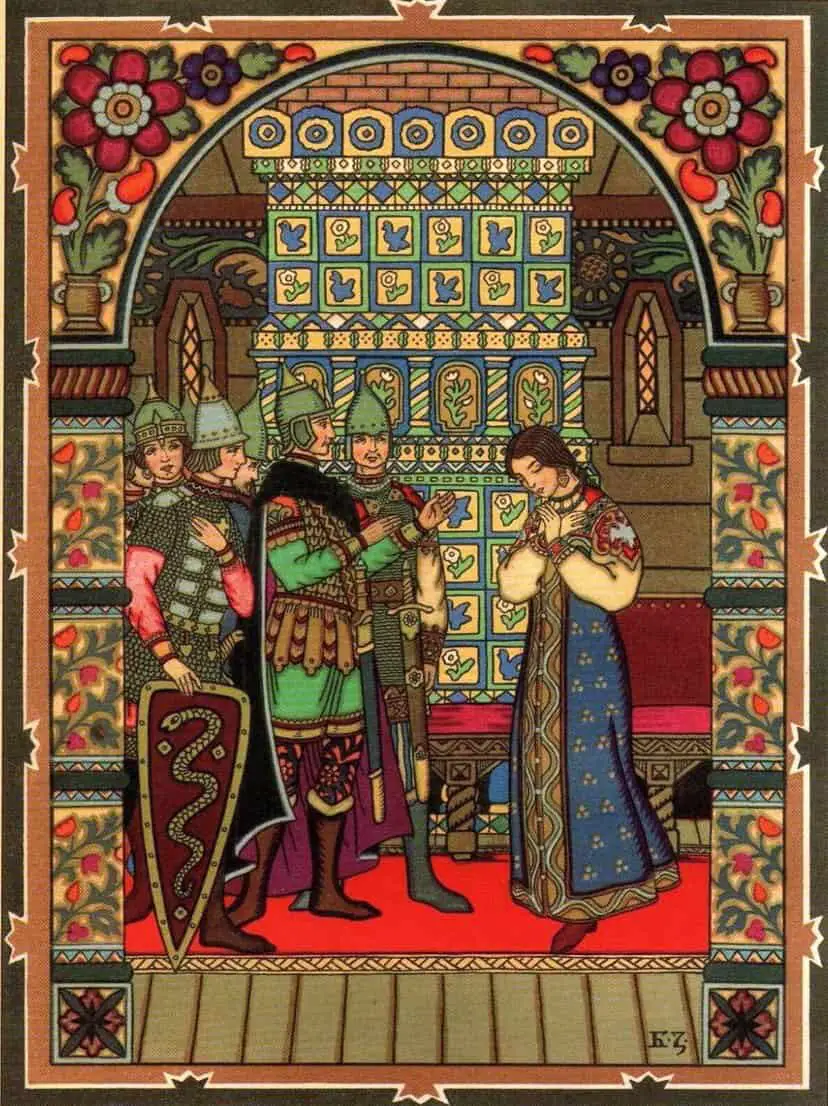
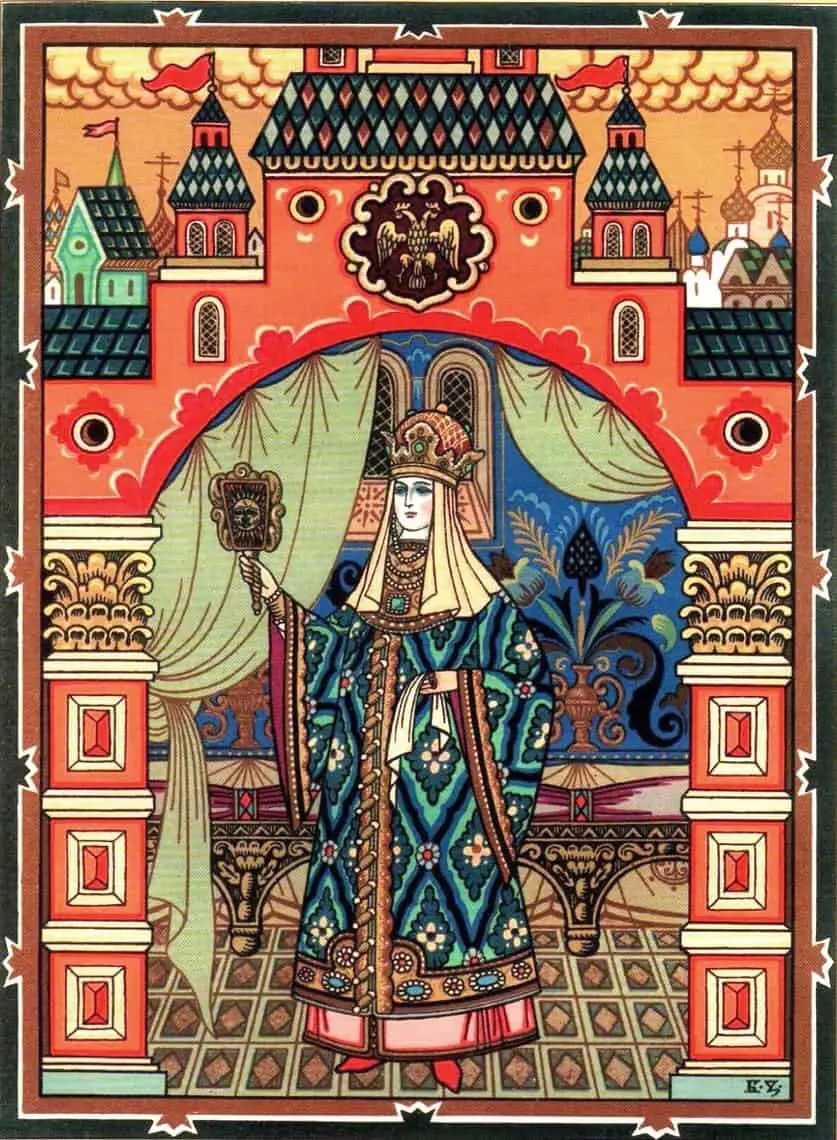
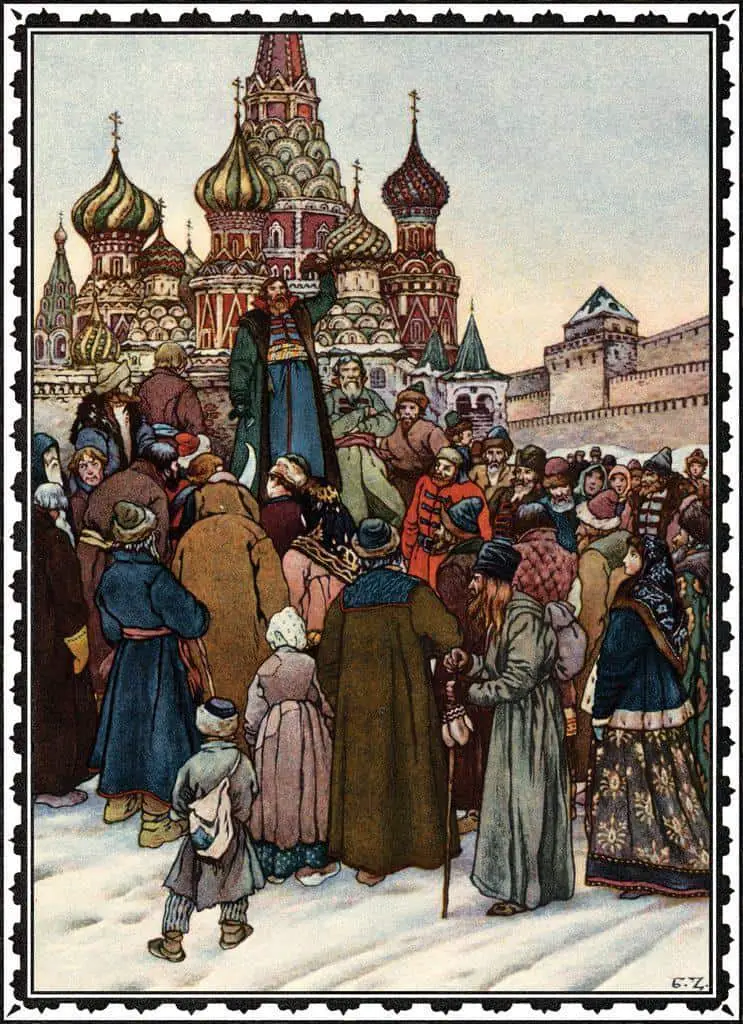
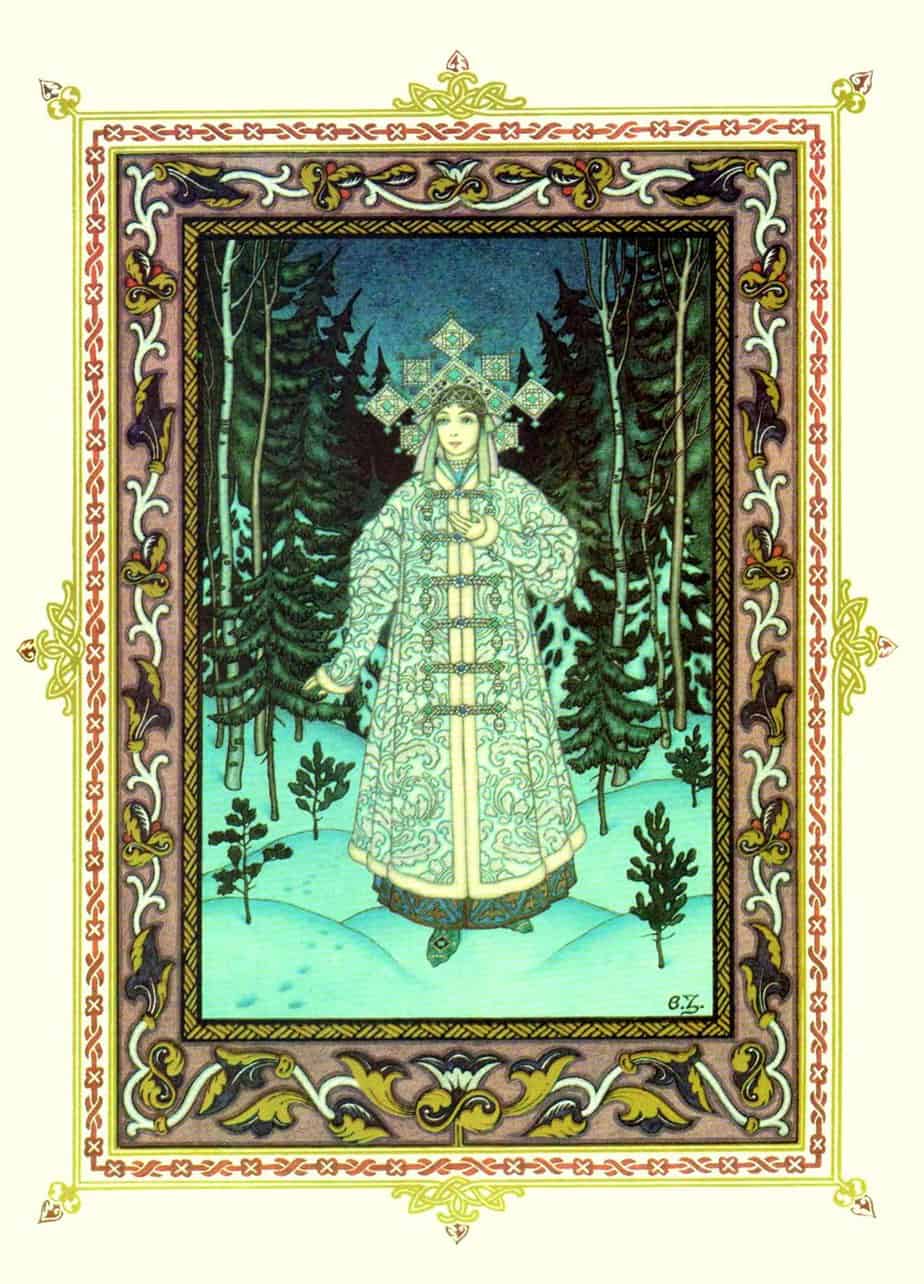
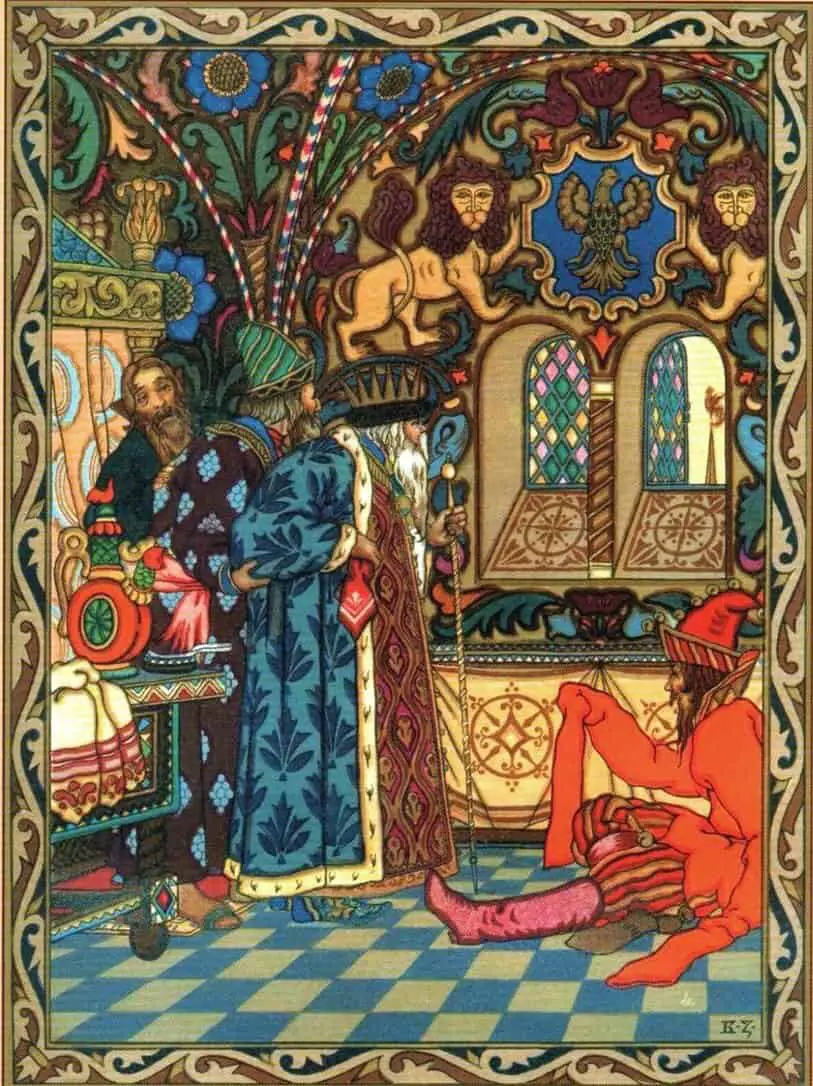
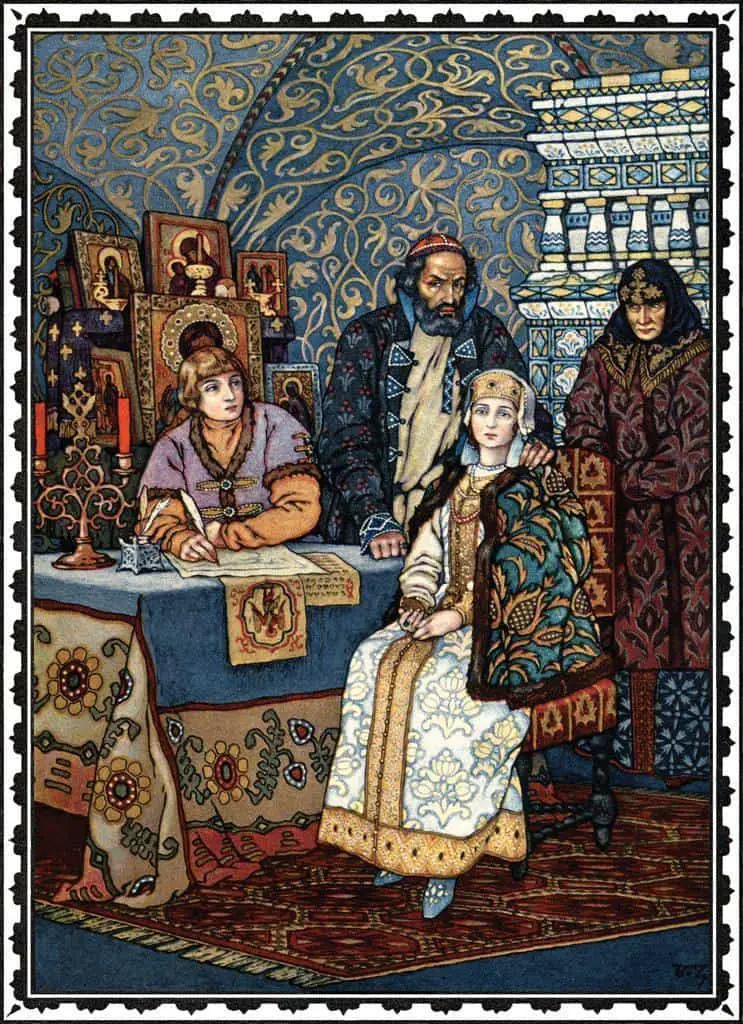
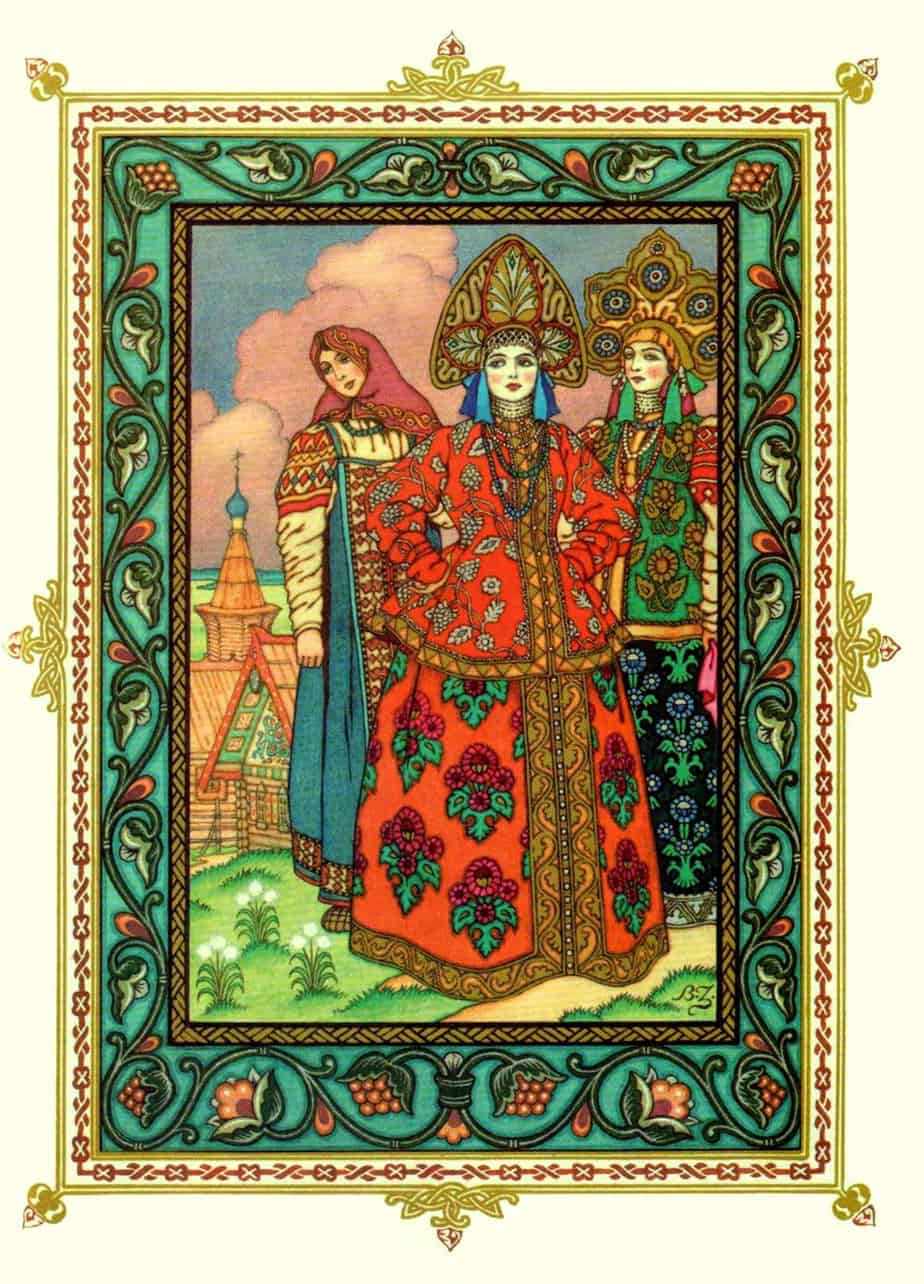
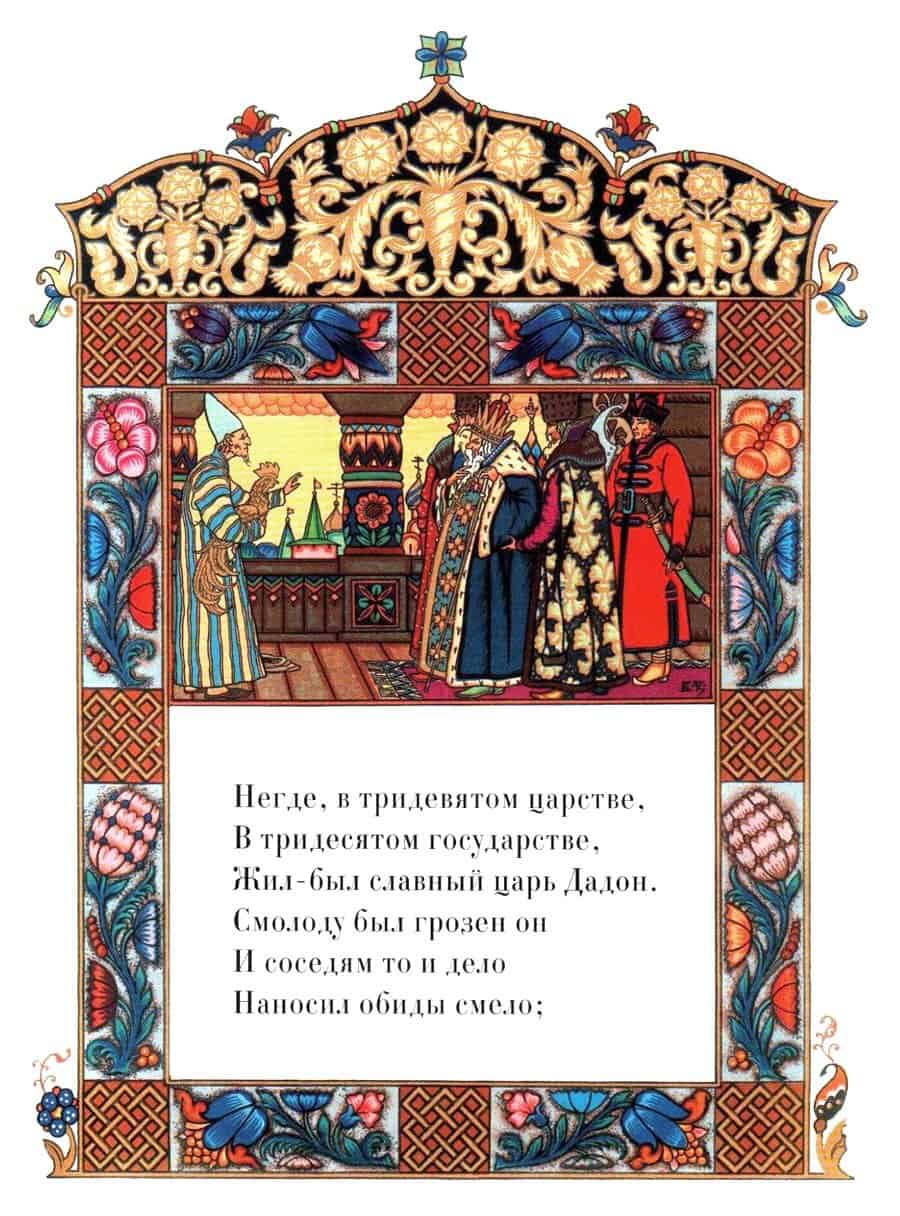
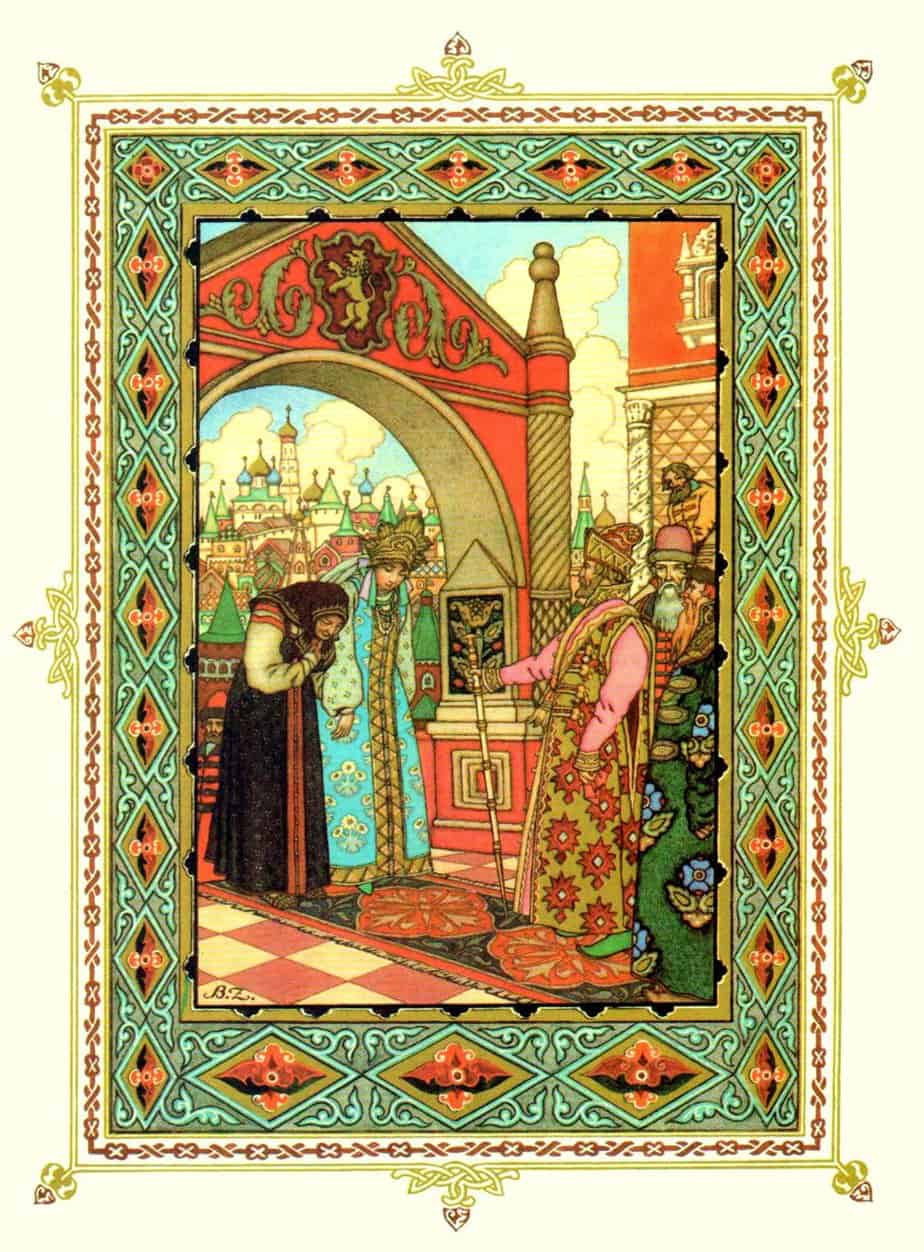
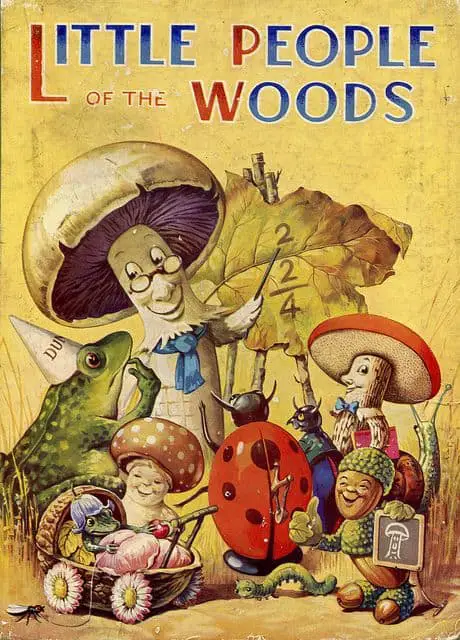
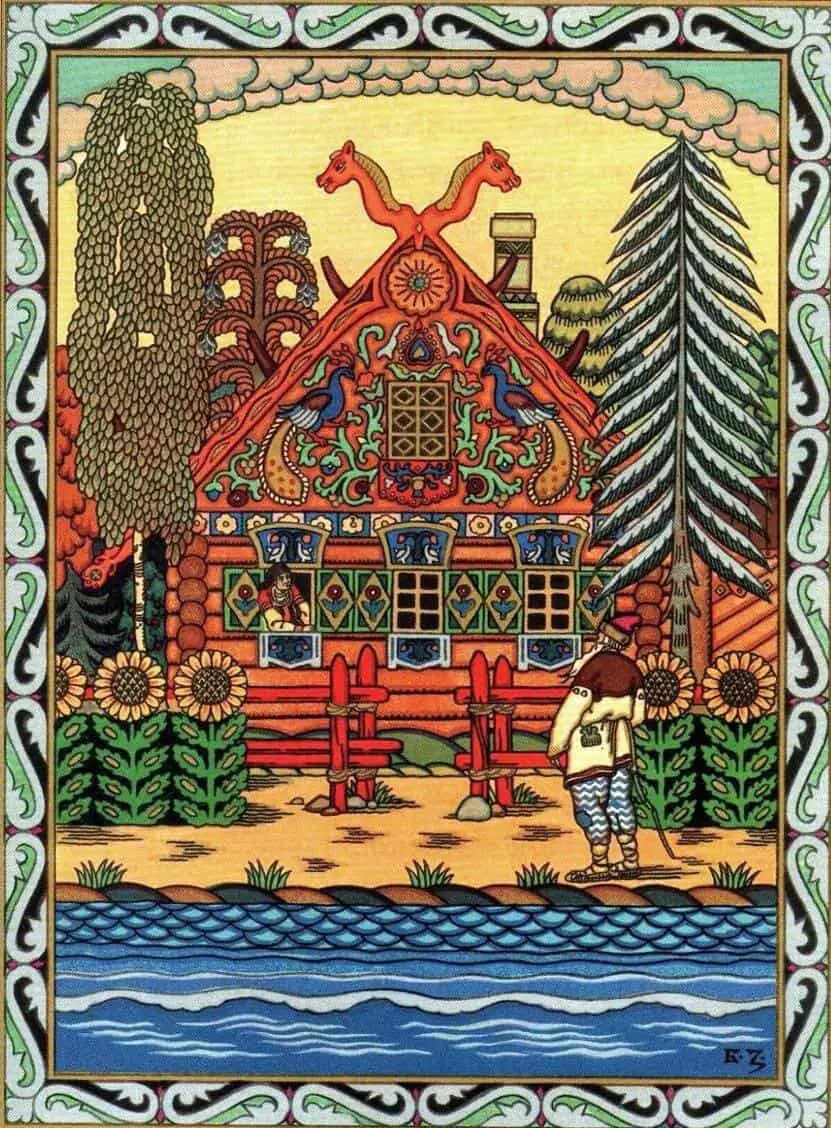
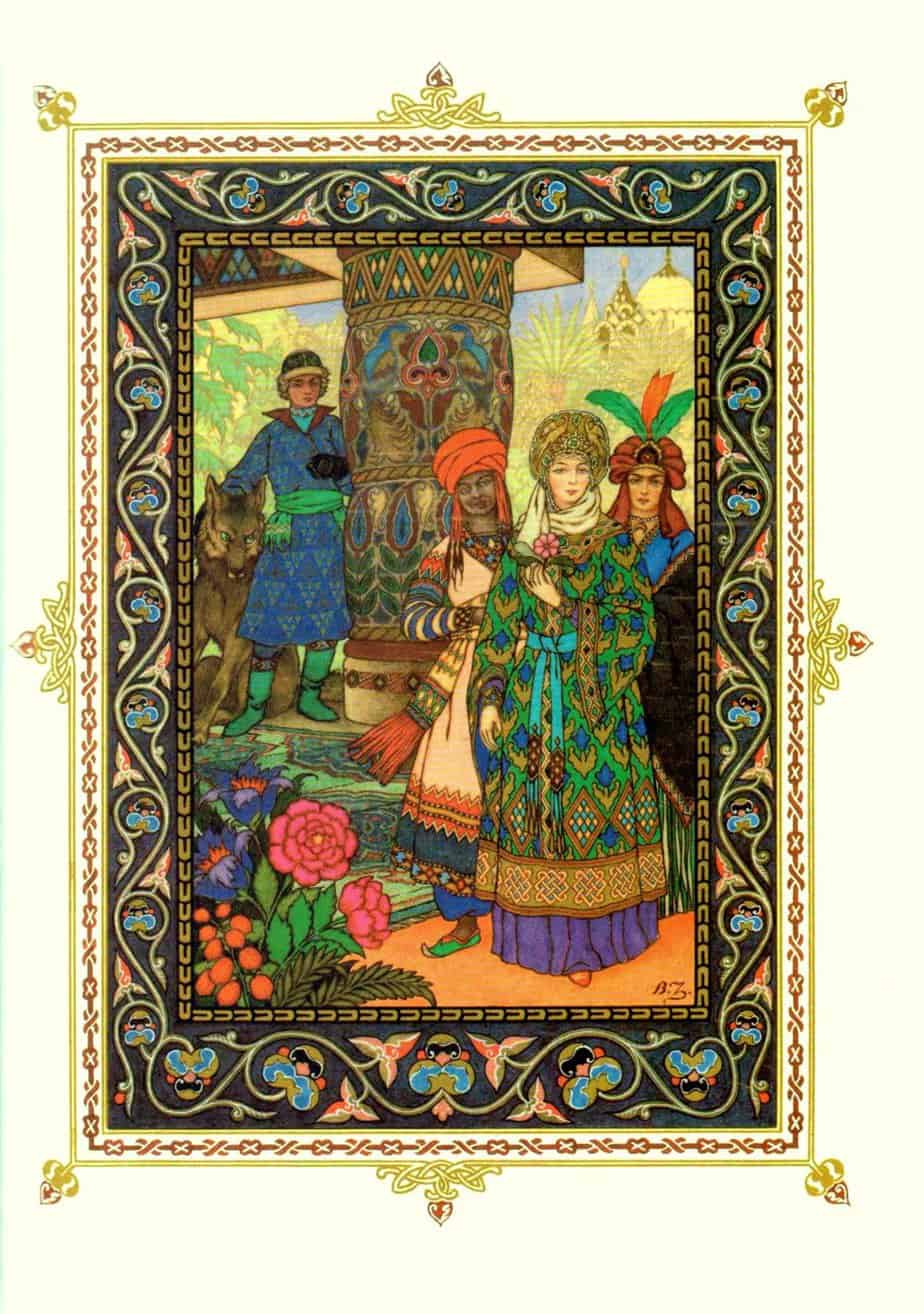
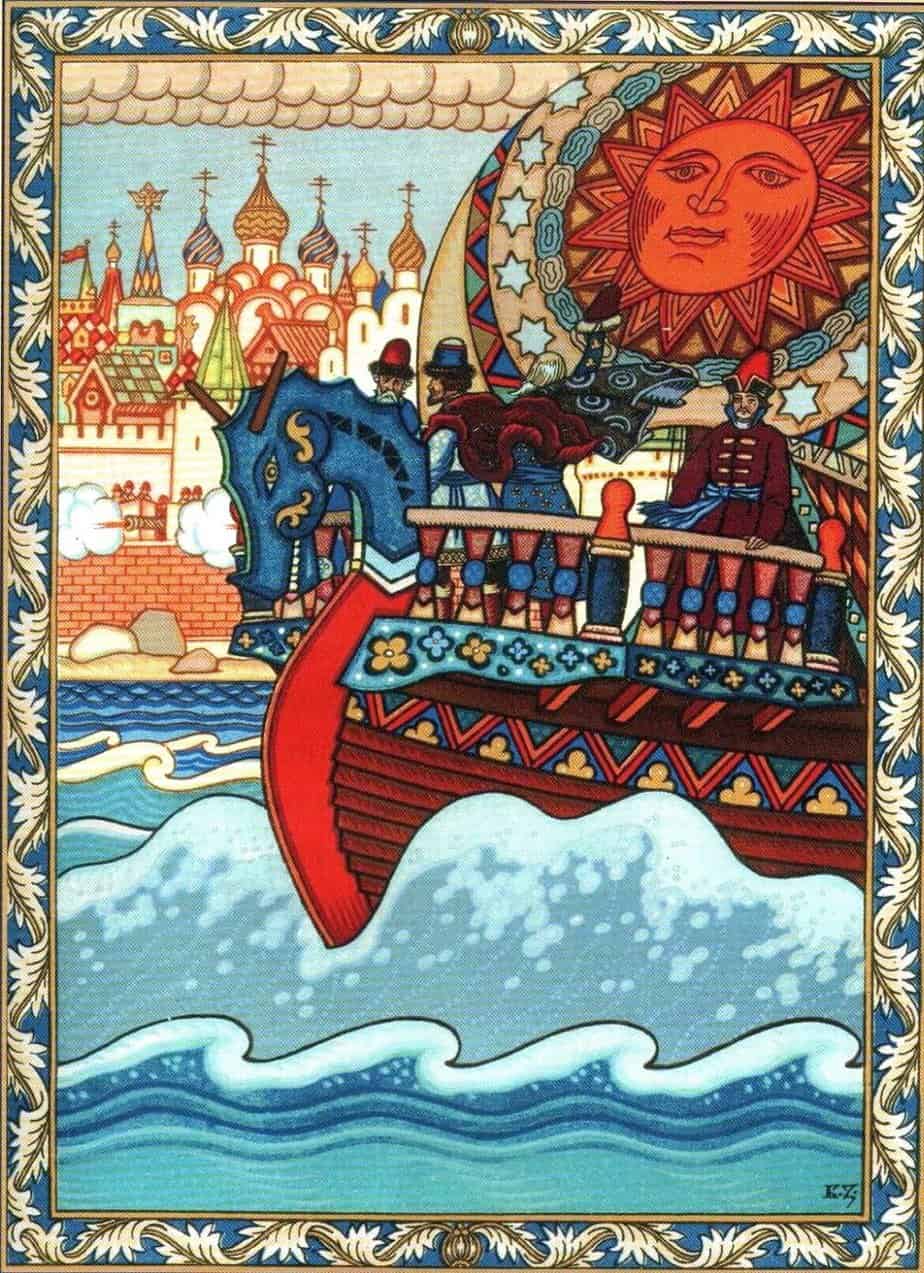
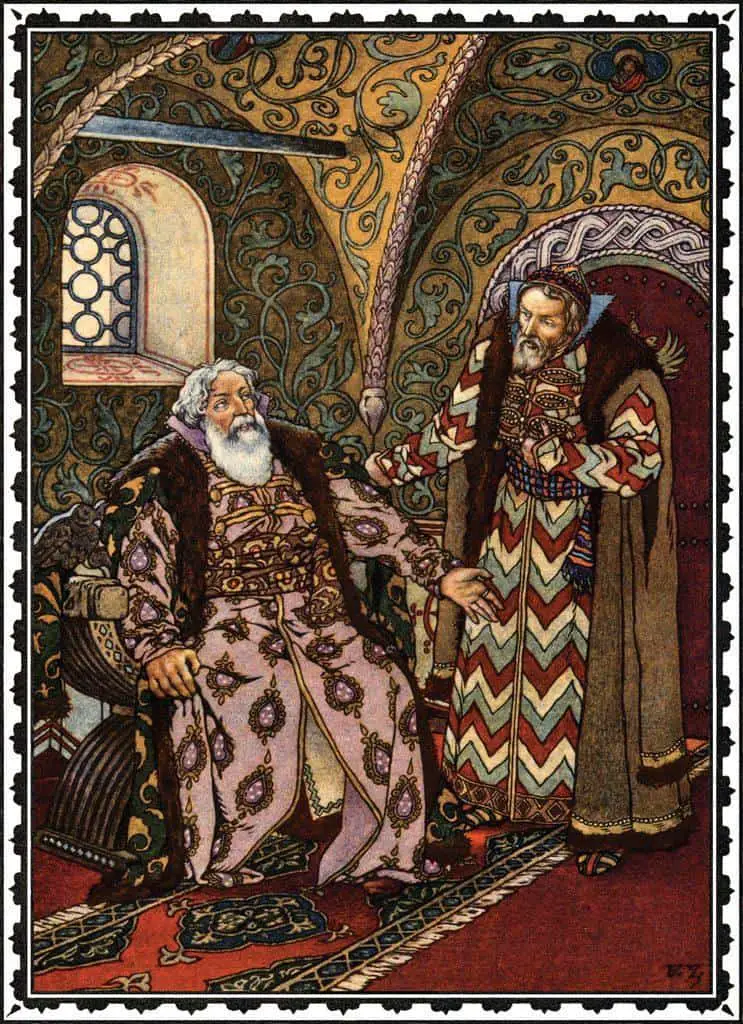
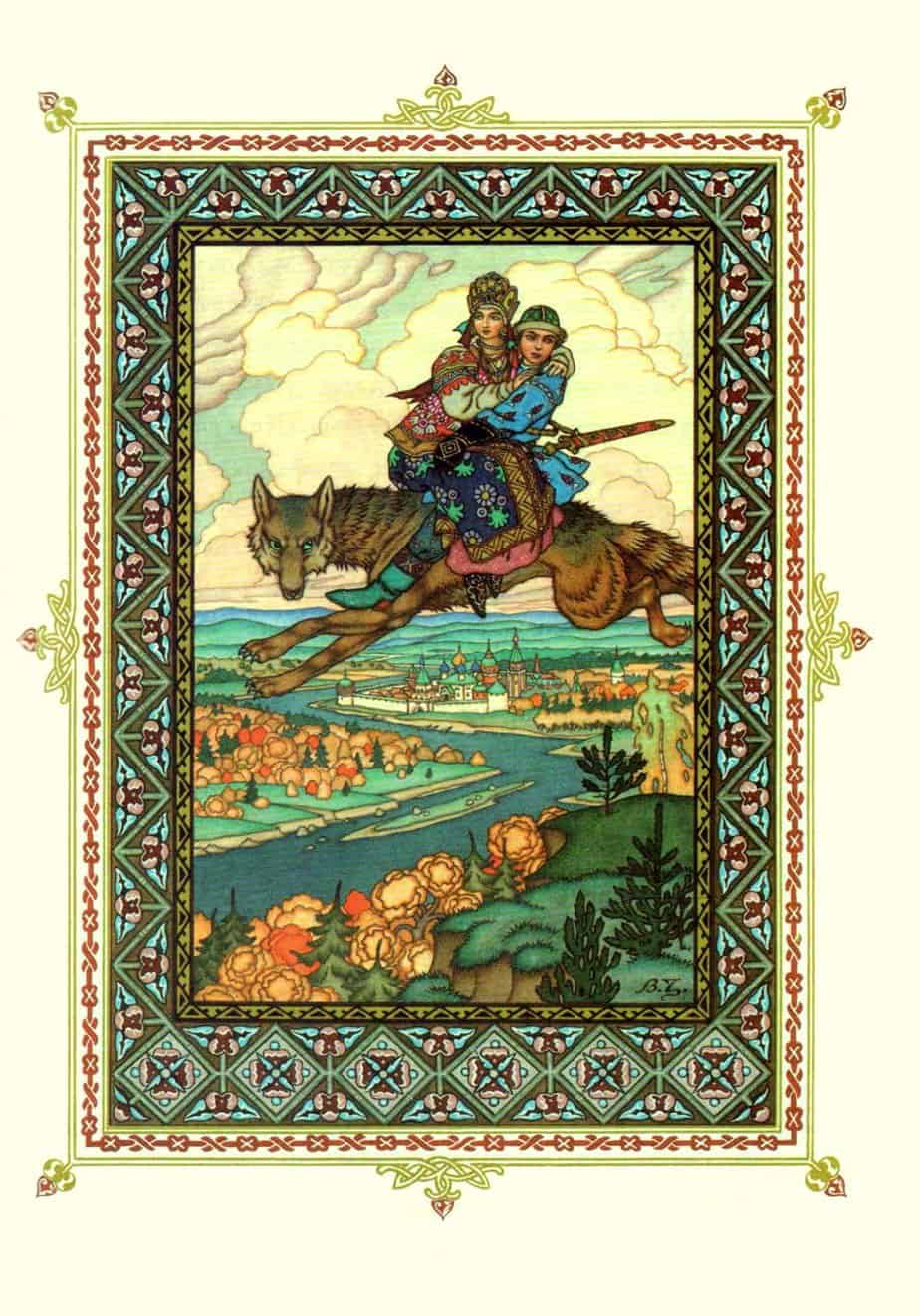
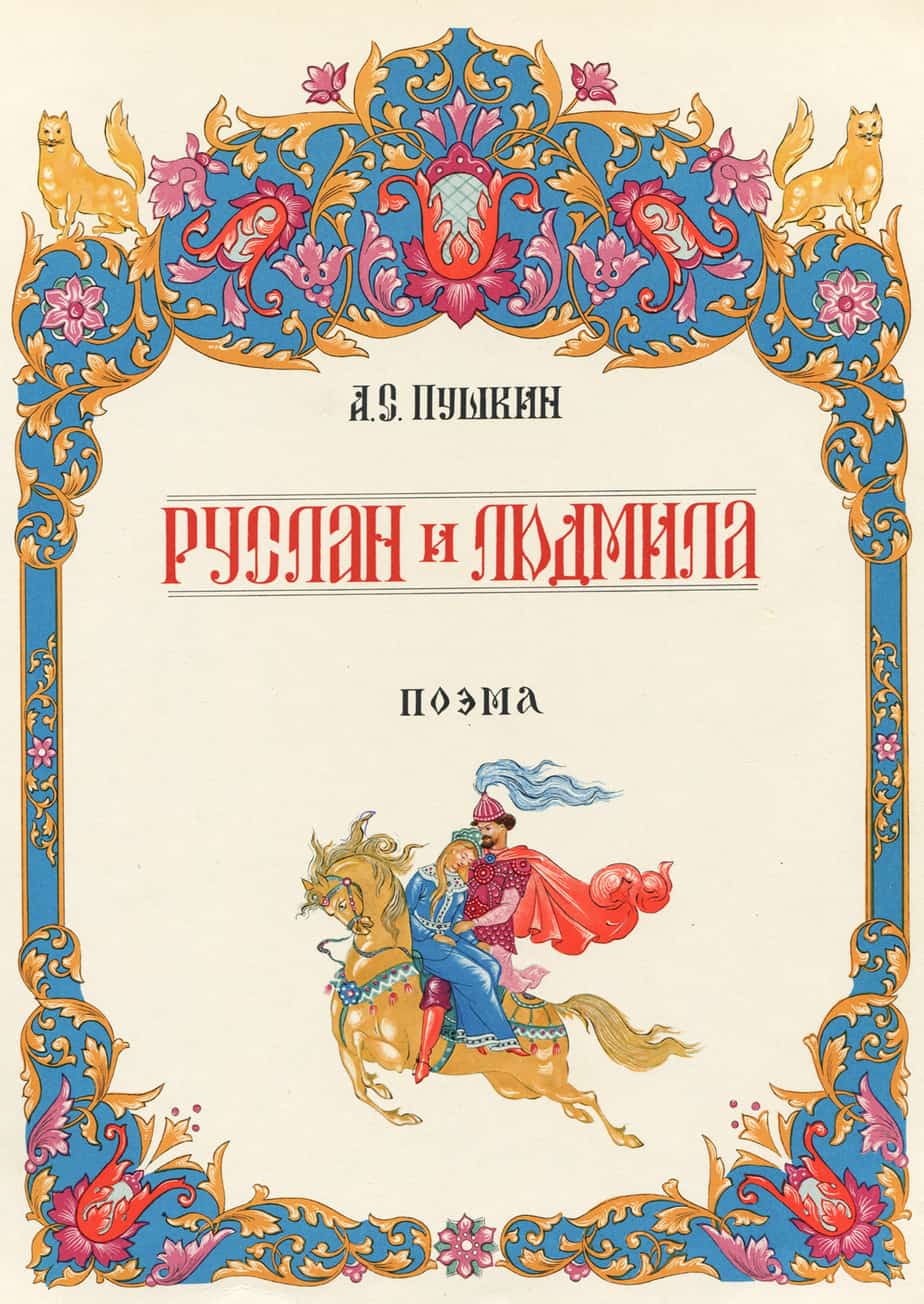
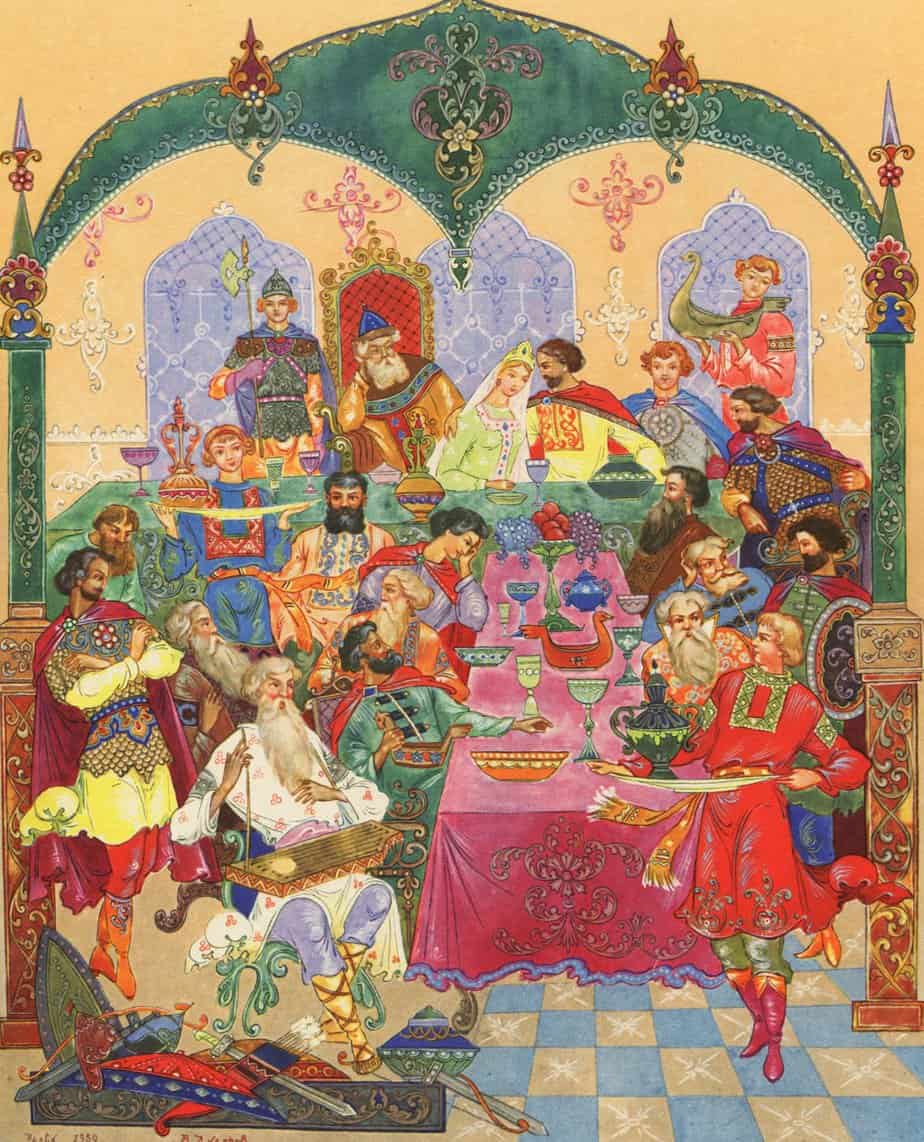
See Also
Growing Out of Communism: Russian Literature for Children and Teens, 1991-2017
Growing Out of Communism: Russian Literature for Children and Teens, 1991-2017 (Brill, 2021) explores the rise of a new body of literature for children and teens following the collapse of the Soviet Union in 1991 and the subsequent transformation of the publishing industry. Lanoux, Herold, and Bukhina first consider the Soviet foundations of the new literature, then chart the influx of translated literature into Russia in the 1990s. In tracing the development of new literature that reflects the lived experiences of contemporary children and teens, the book examines changes to literary institutions, dominant genres, and archetypal heroes. Also discussed are the informal networks and online reader responses that reflect the views of child and teen readers.
New Books Network
Soviet Children’s Books Digitised
A live journal blog with plenty of Russian picture books from the 20th century.
Russian revolutionaries’ children ‘read classic fiction, not Marx‘: Historian’s research into a Moscow residence for the communist elite shows reading of key Bolshevik texts falling off among the young – sowing seeds of counterrevolution from The Guardian
For more examples of children’s illustration from the Soviet Union and Russia, you might want to follow the Twitter account @Child_Soviet.
